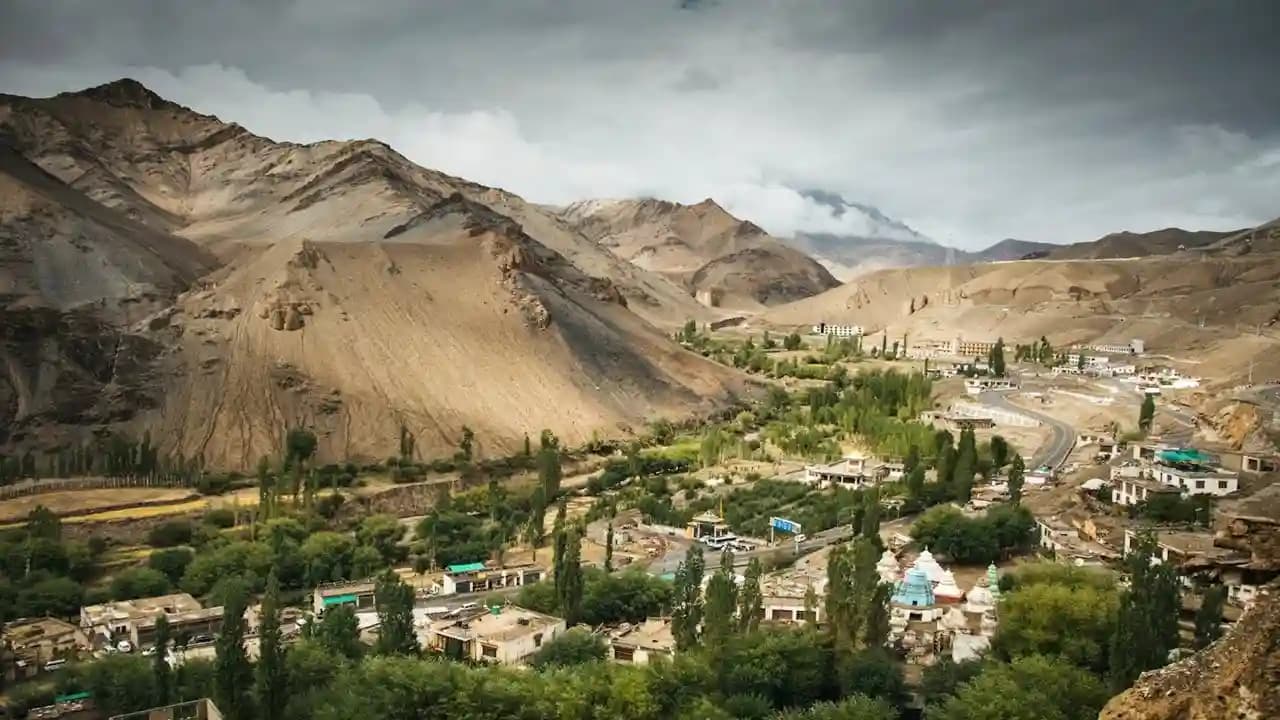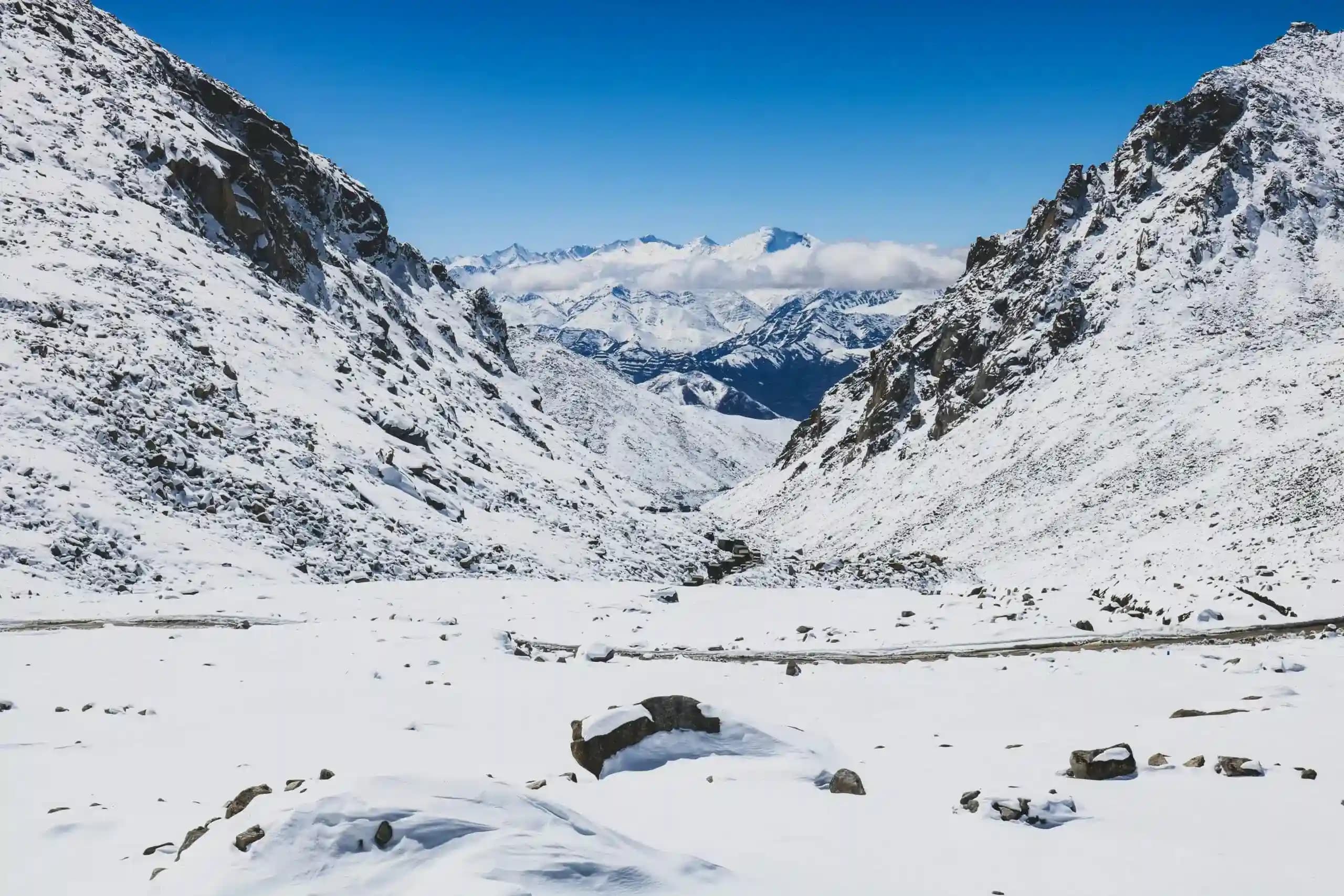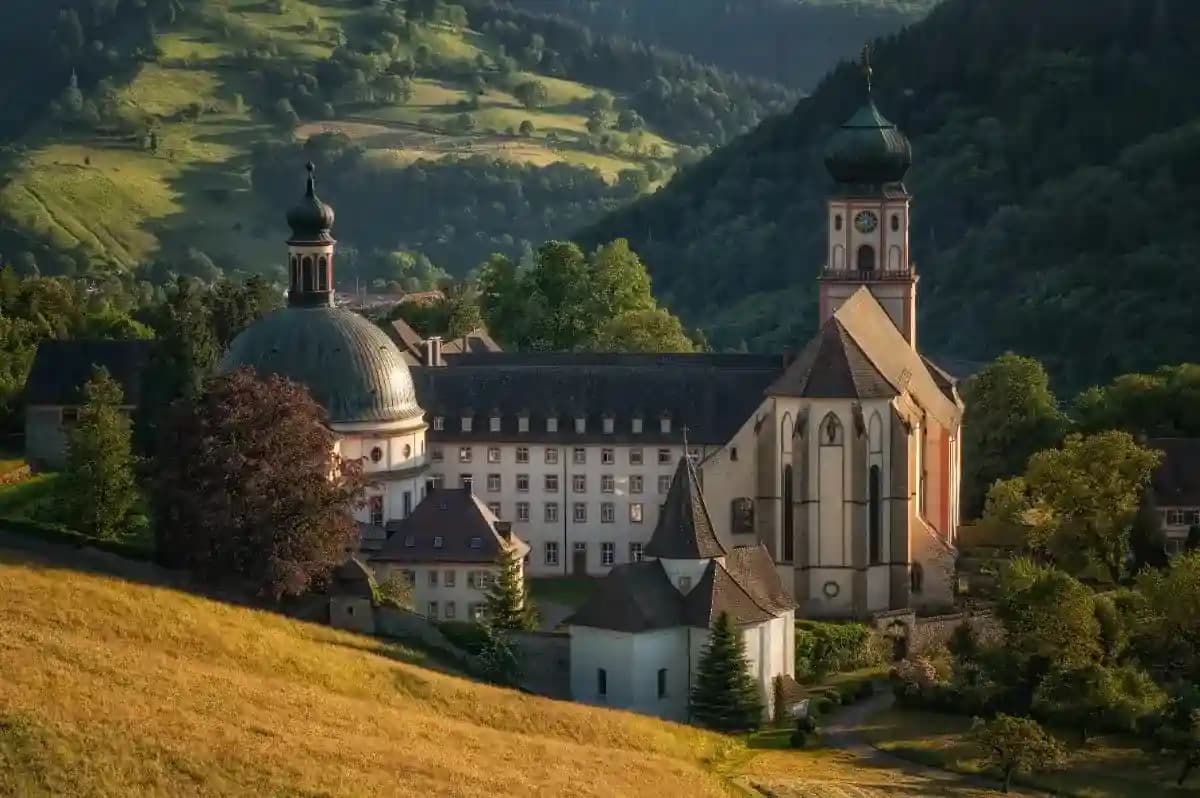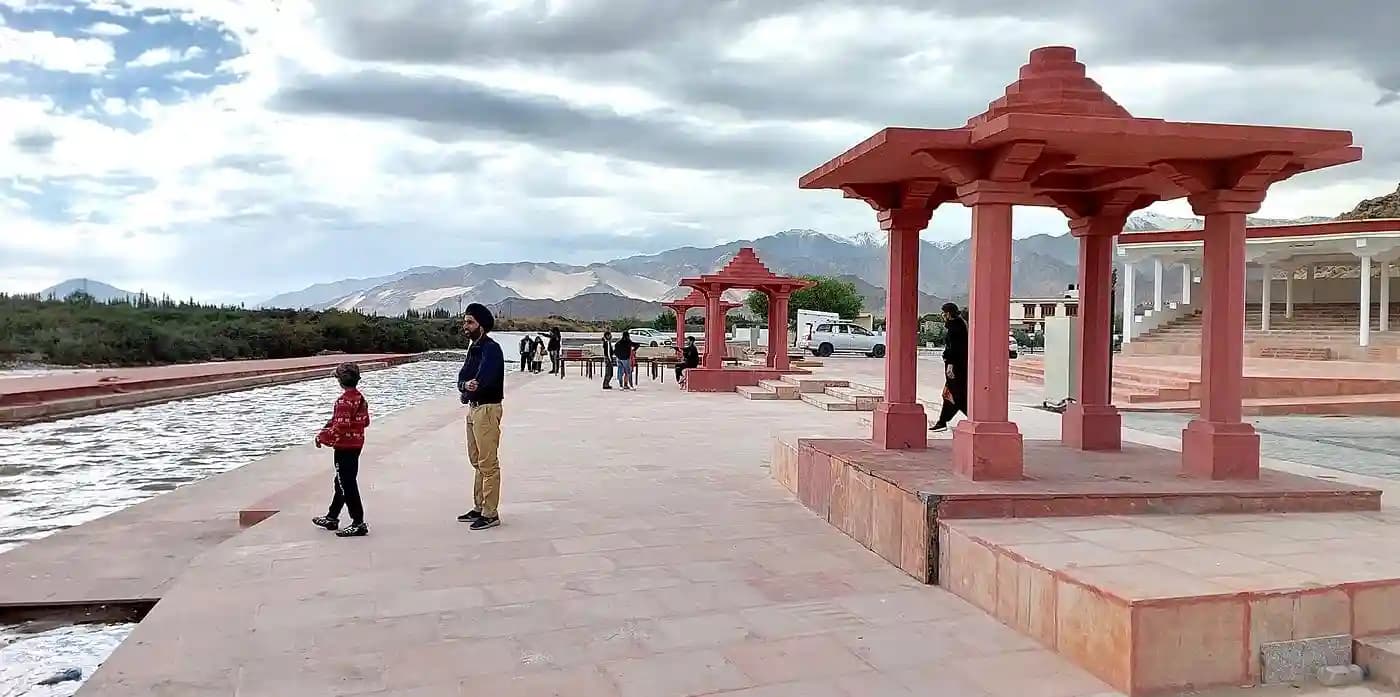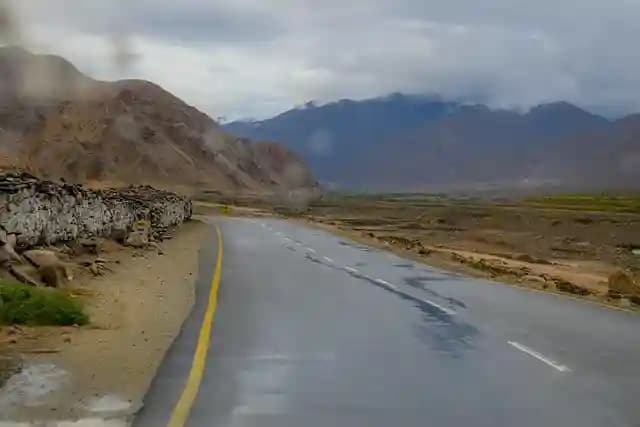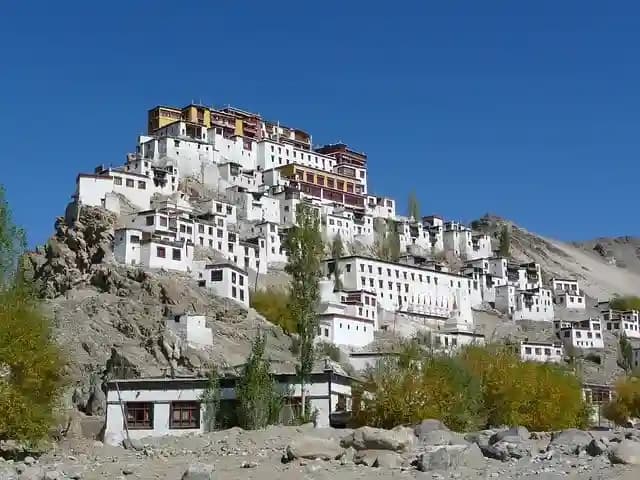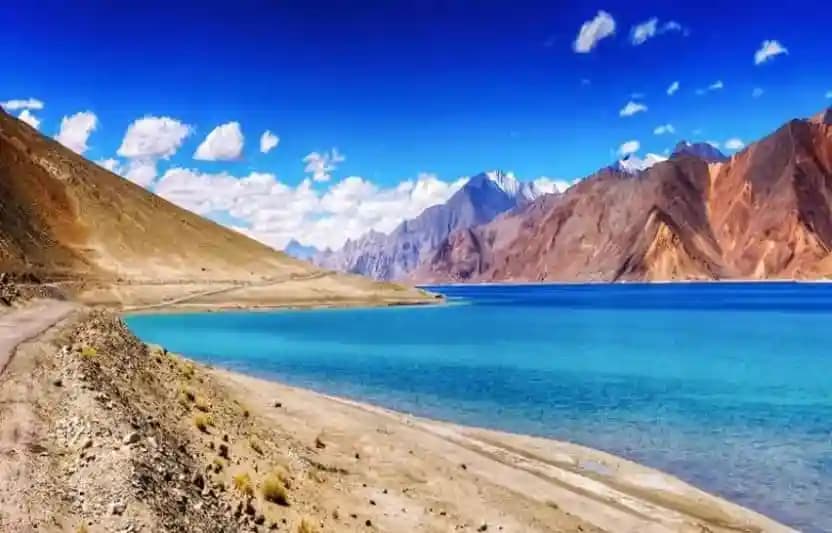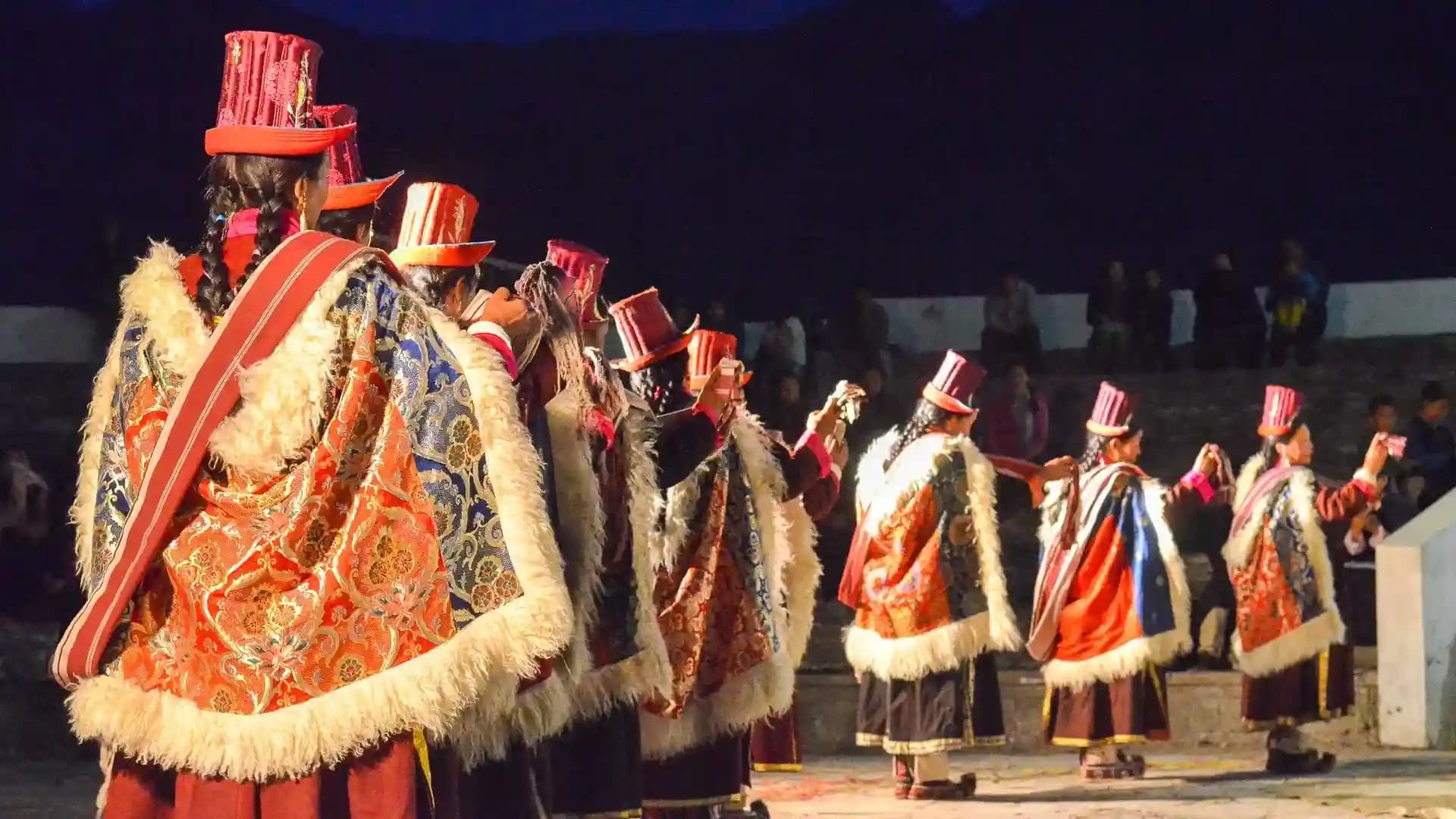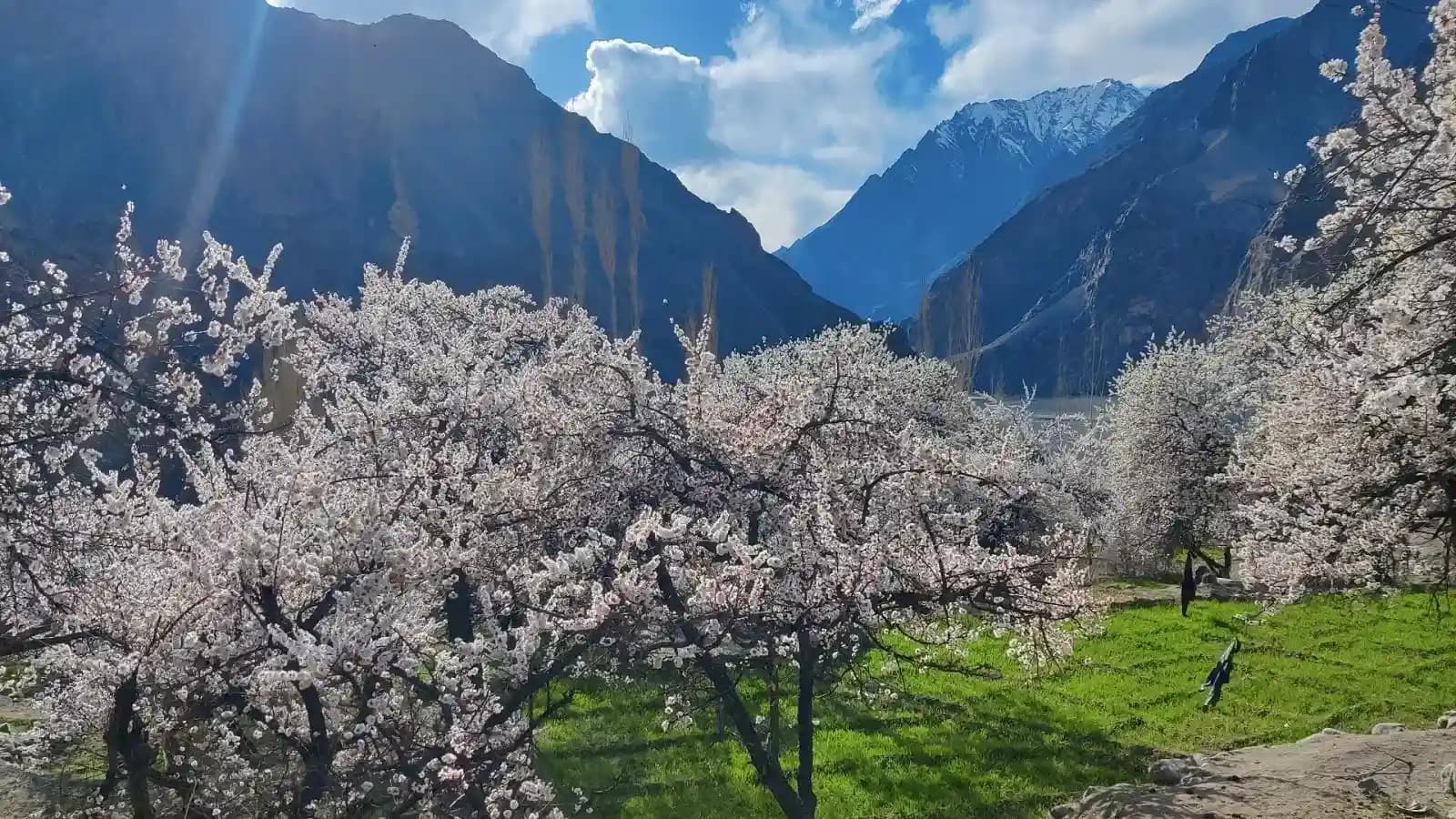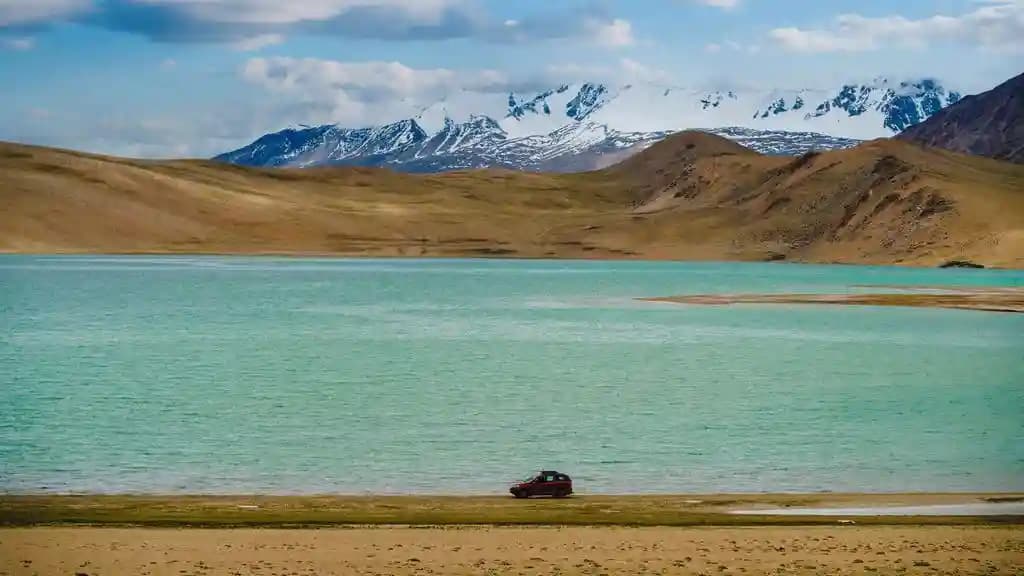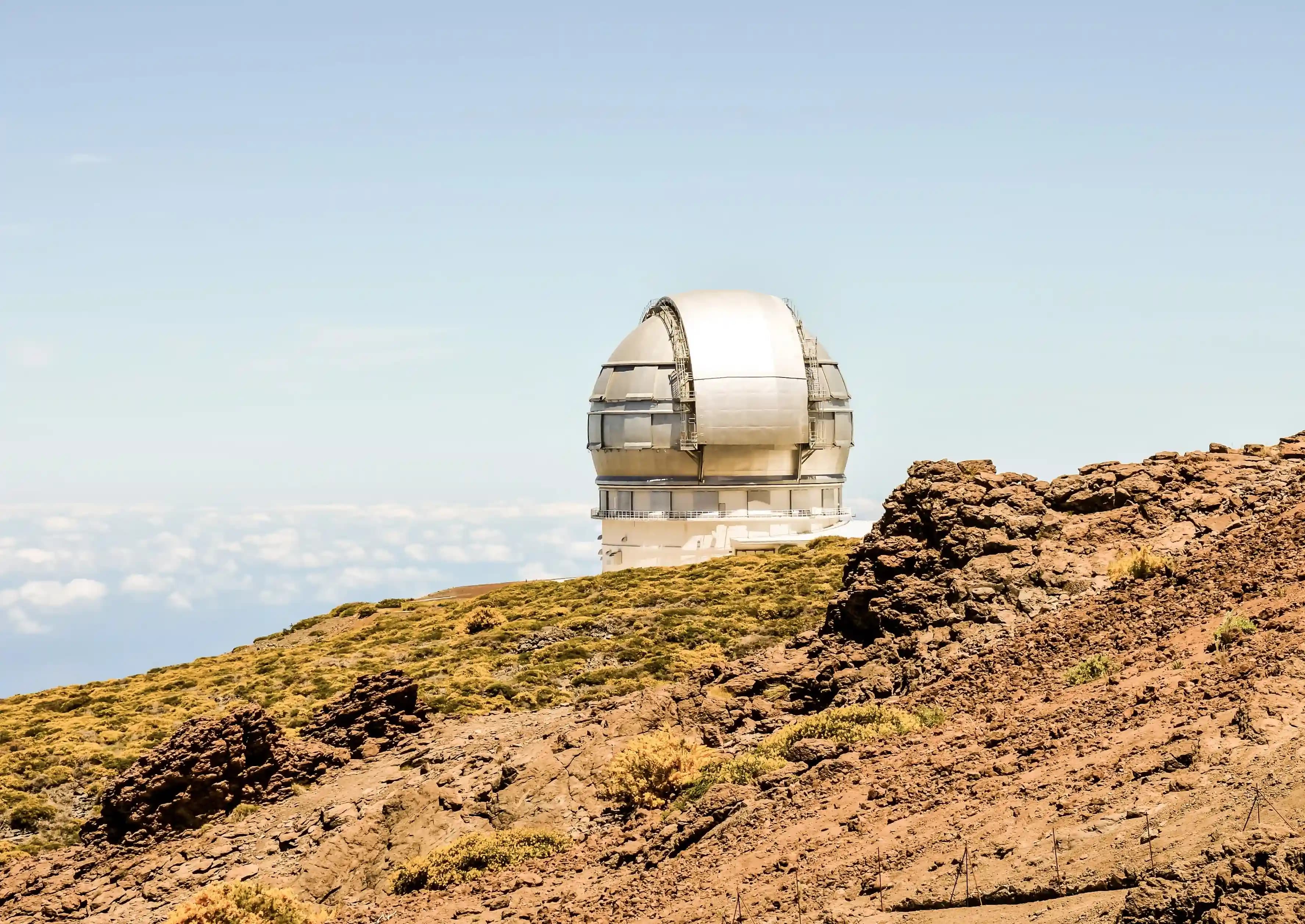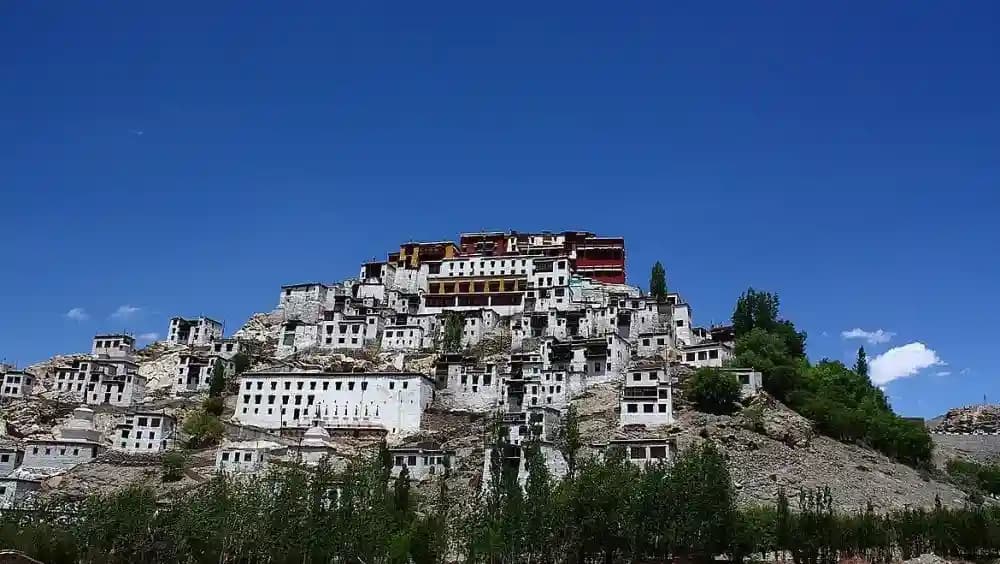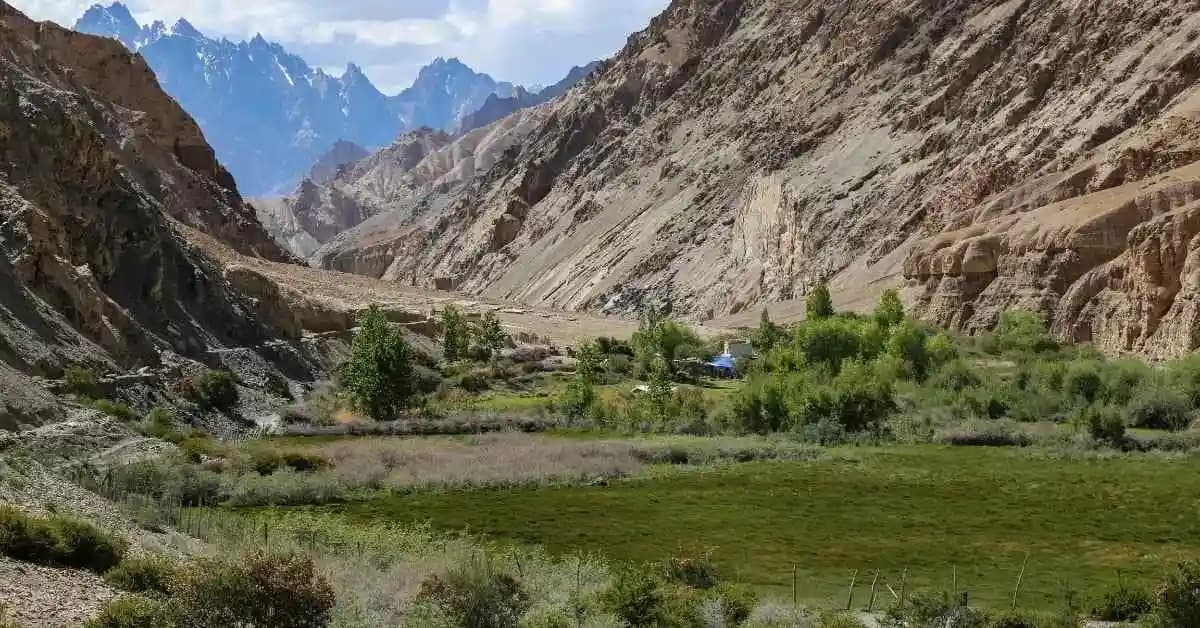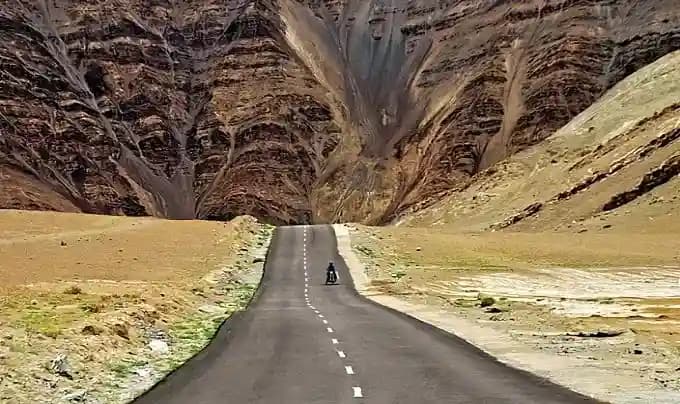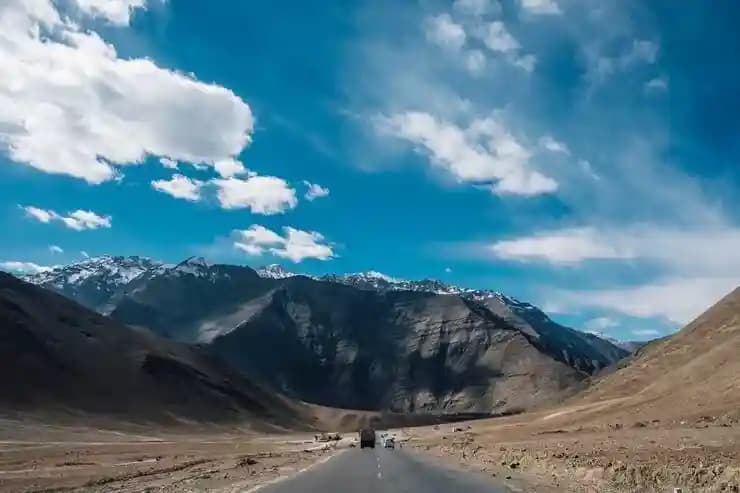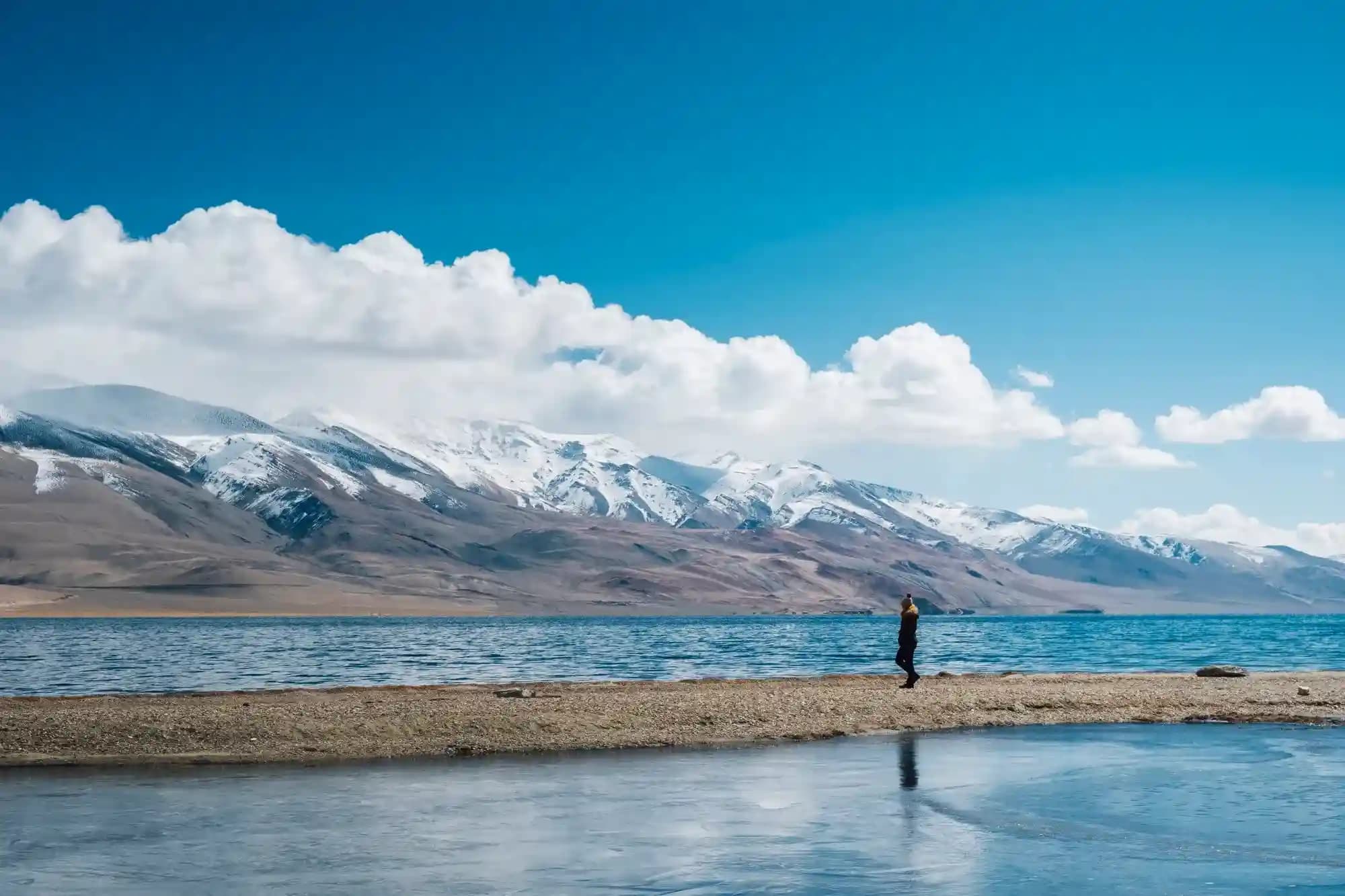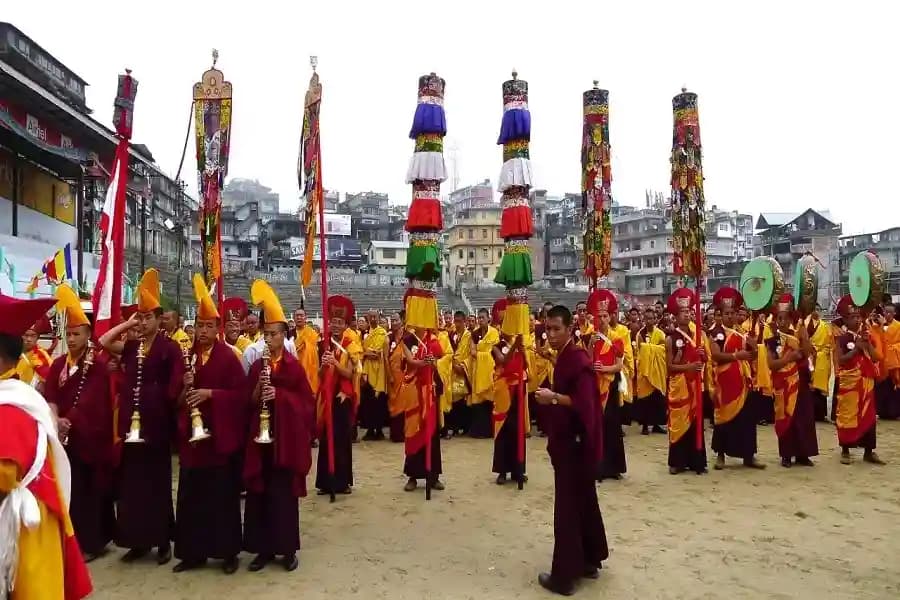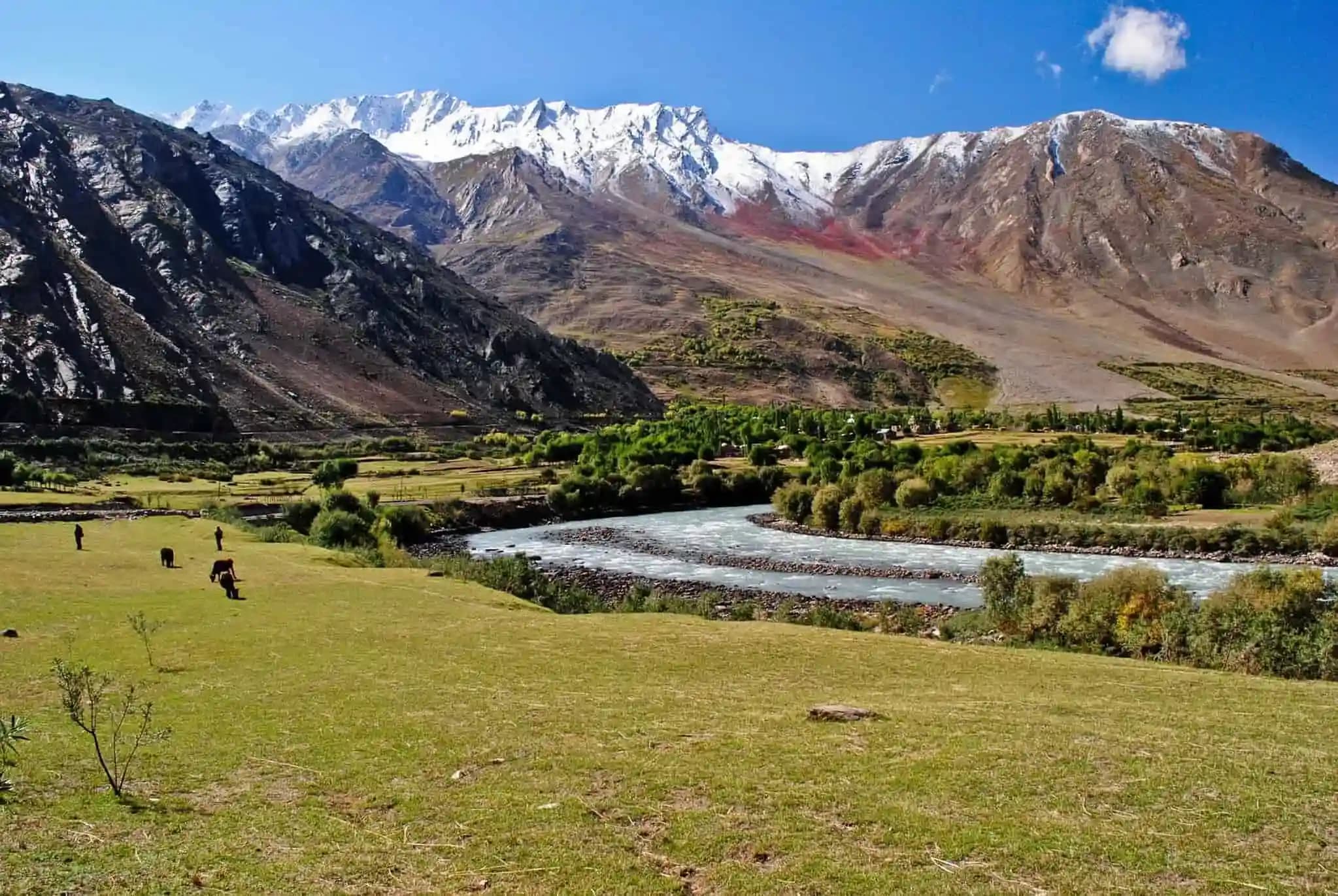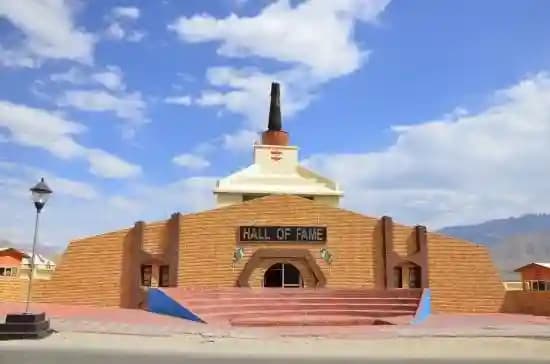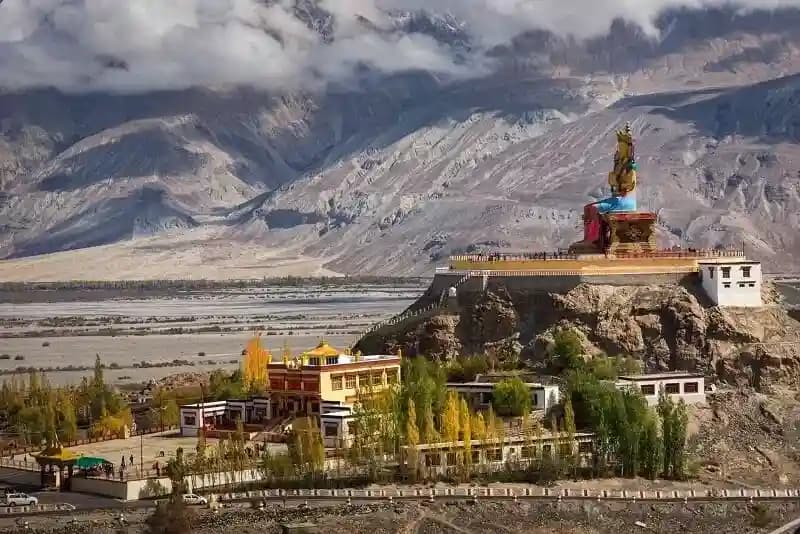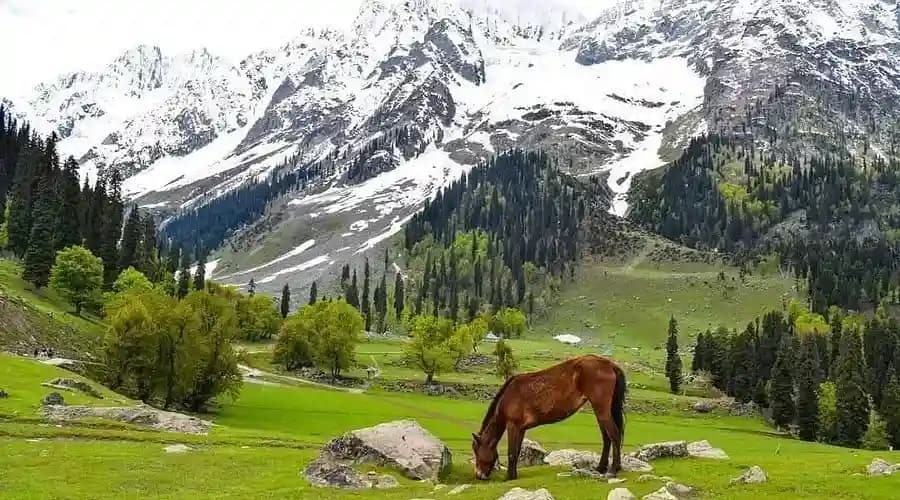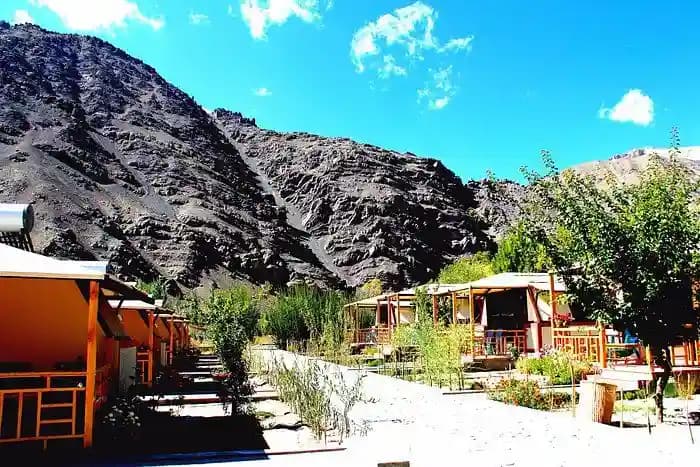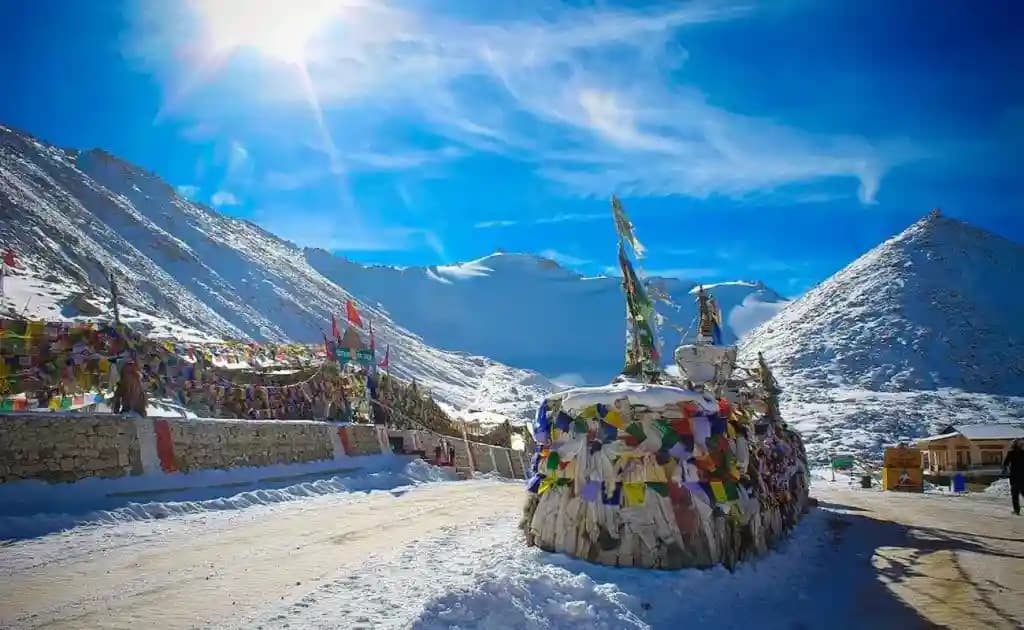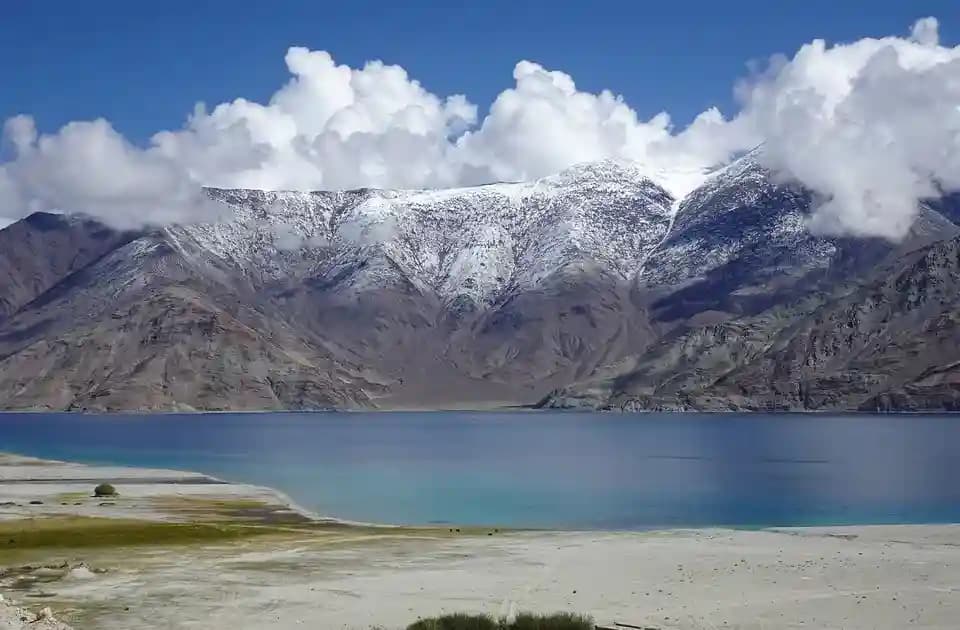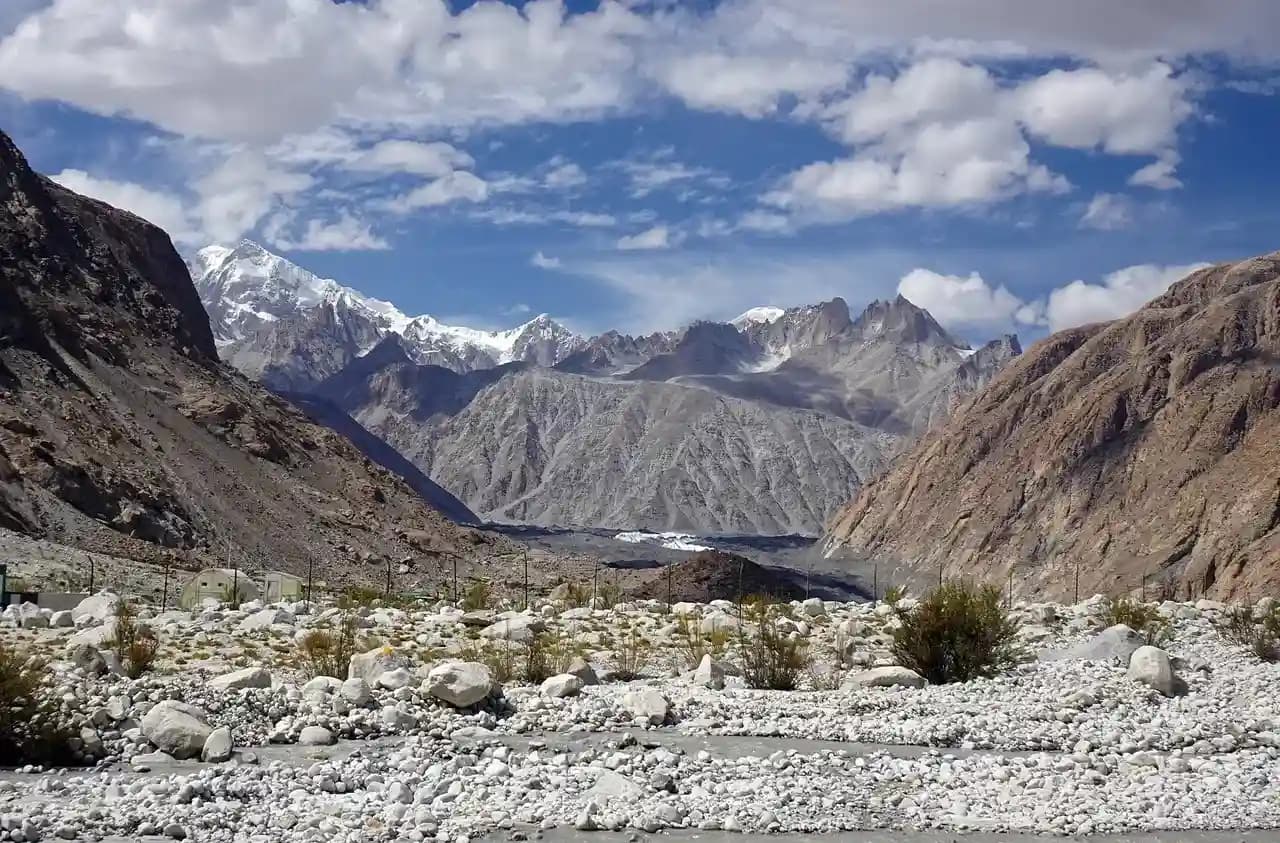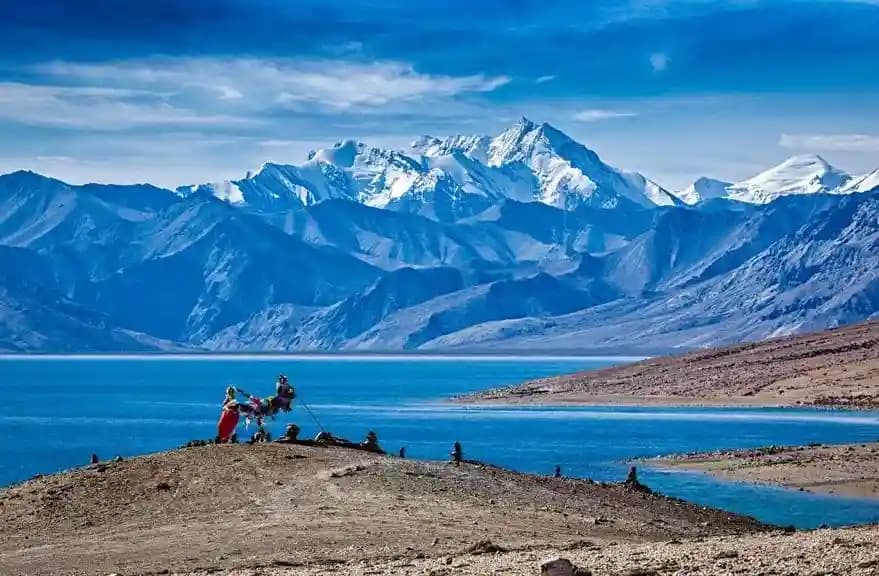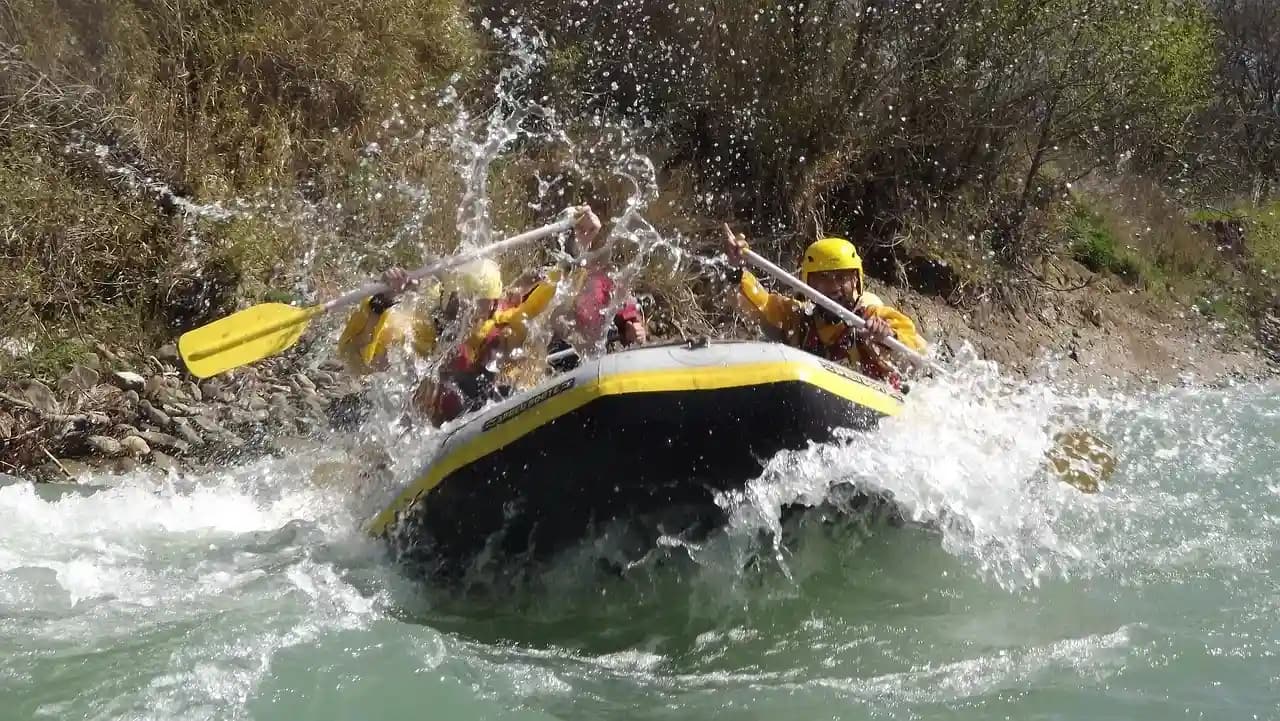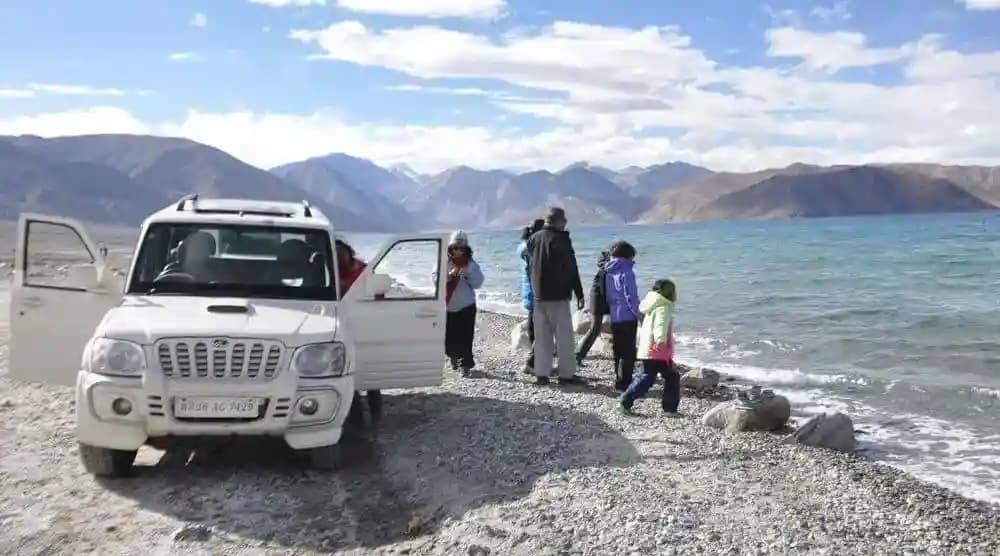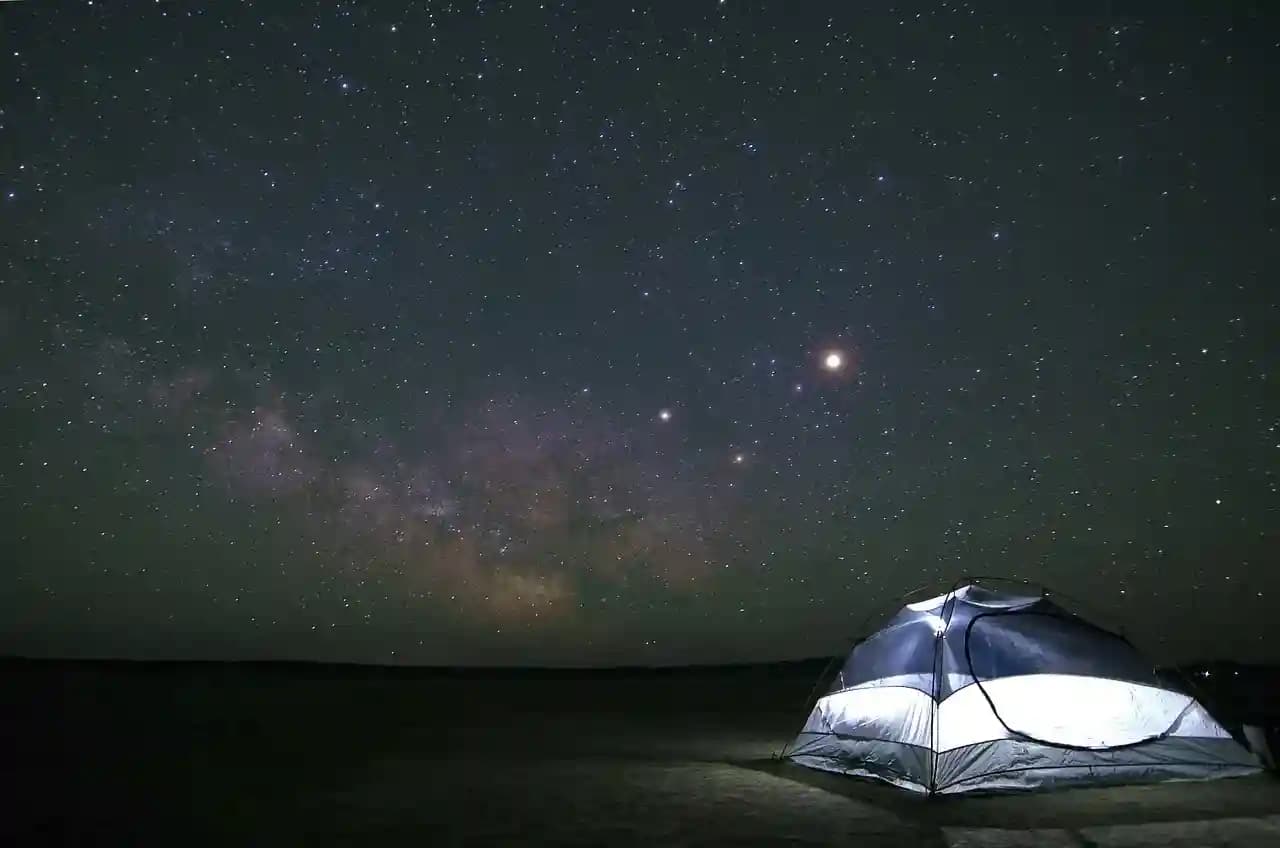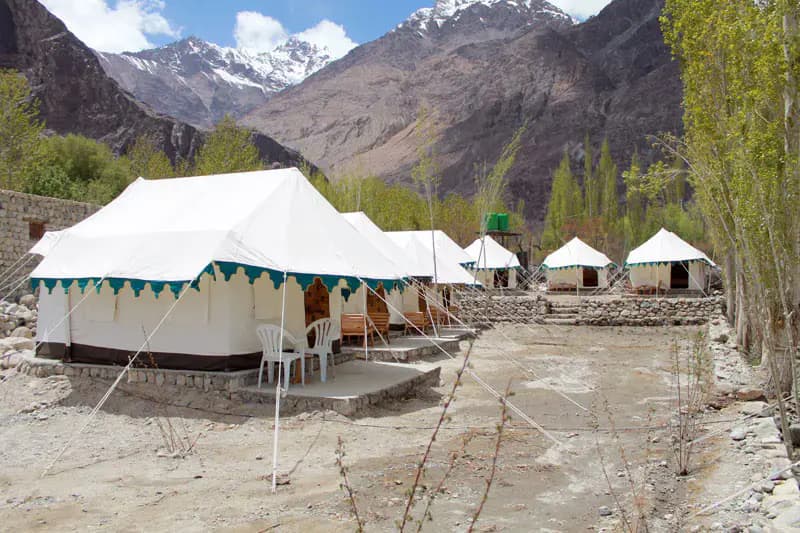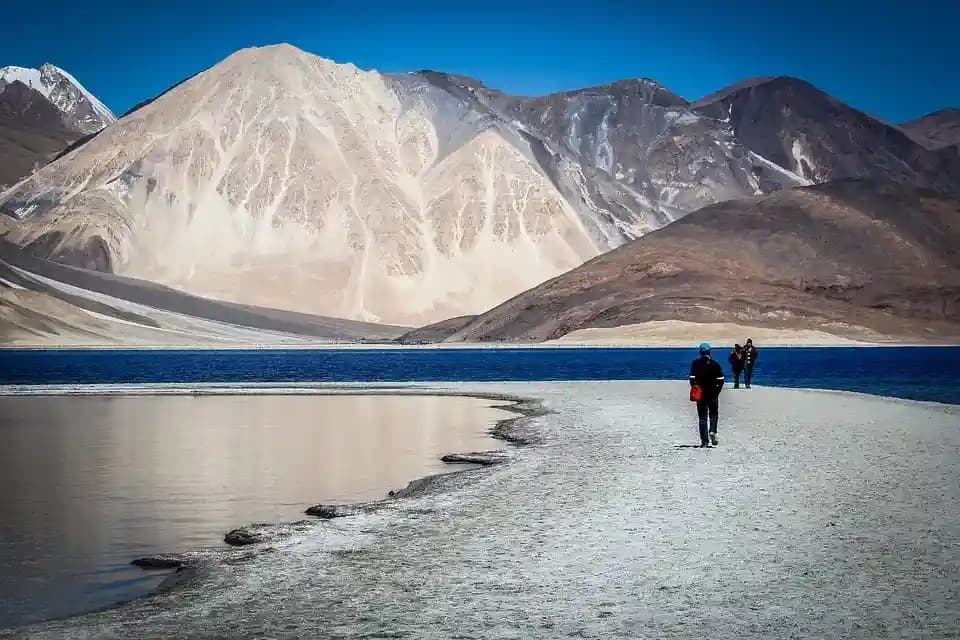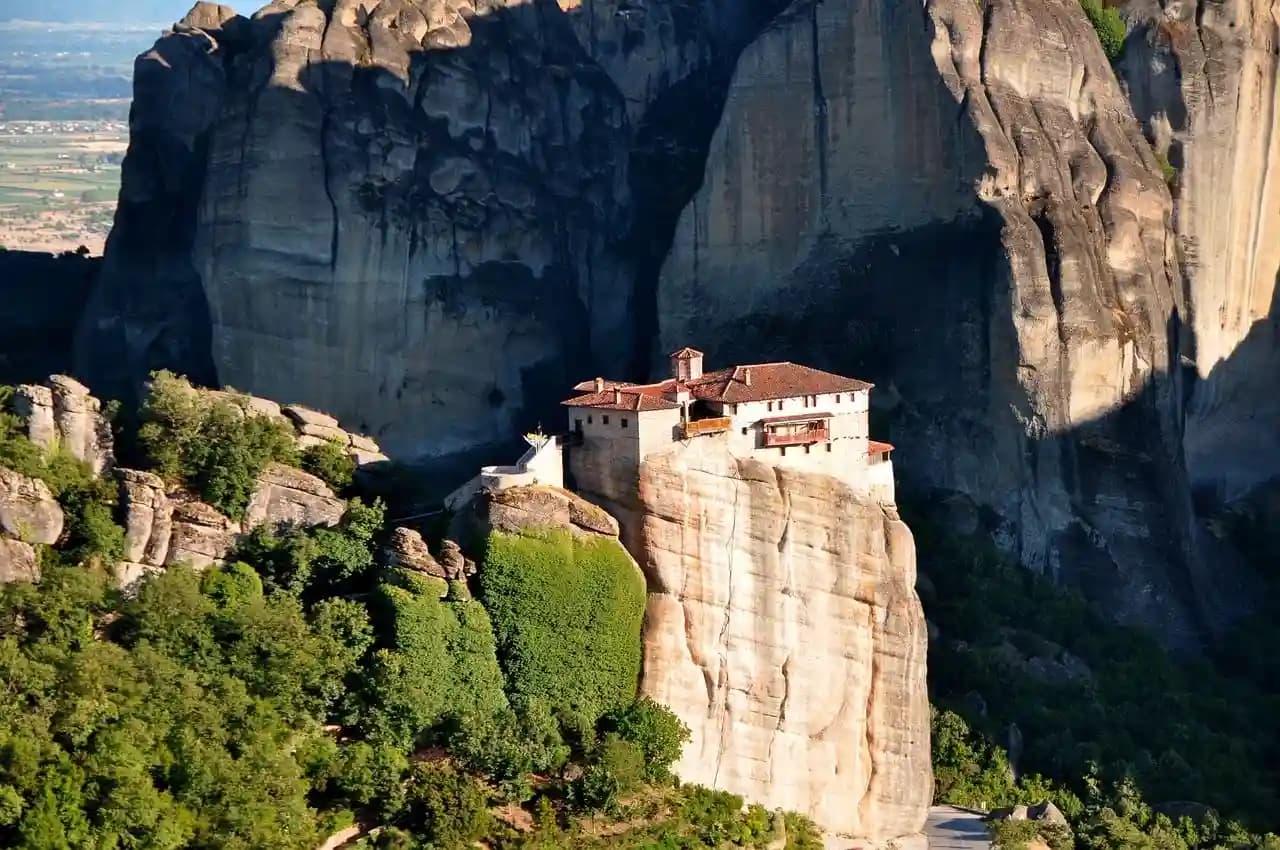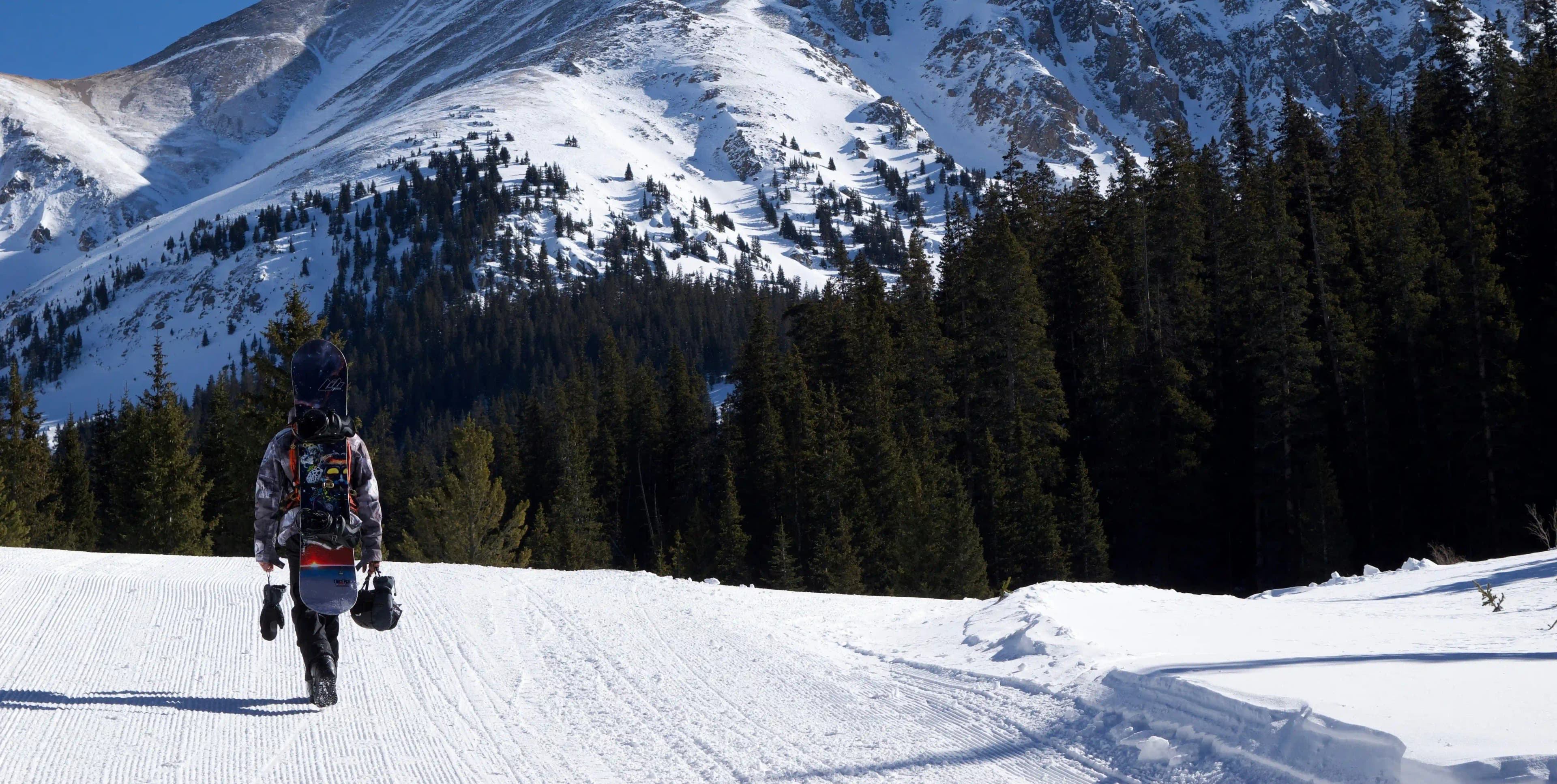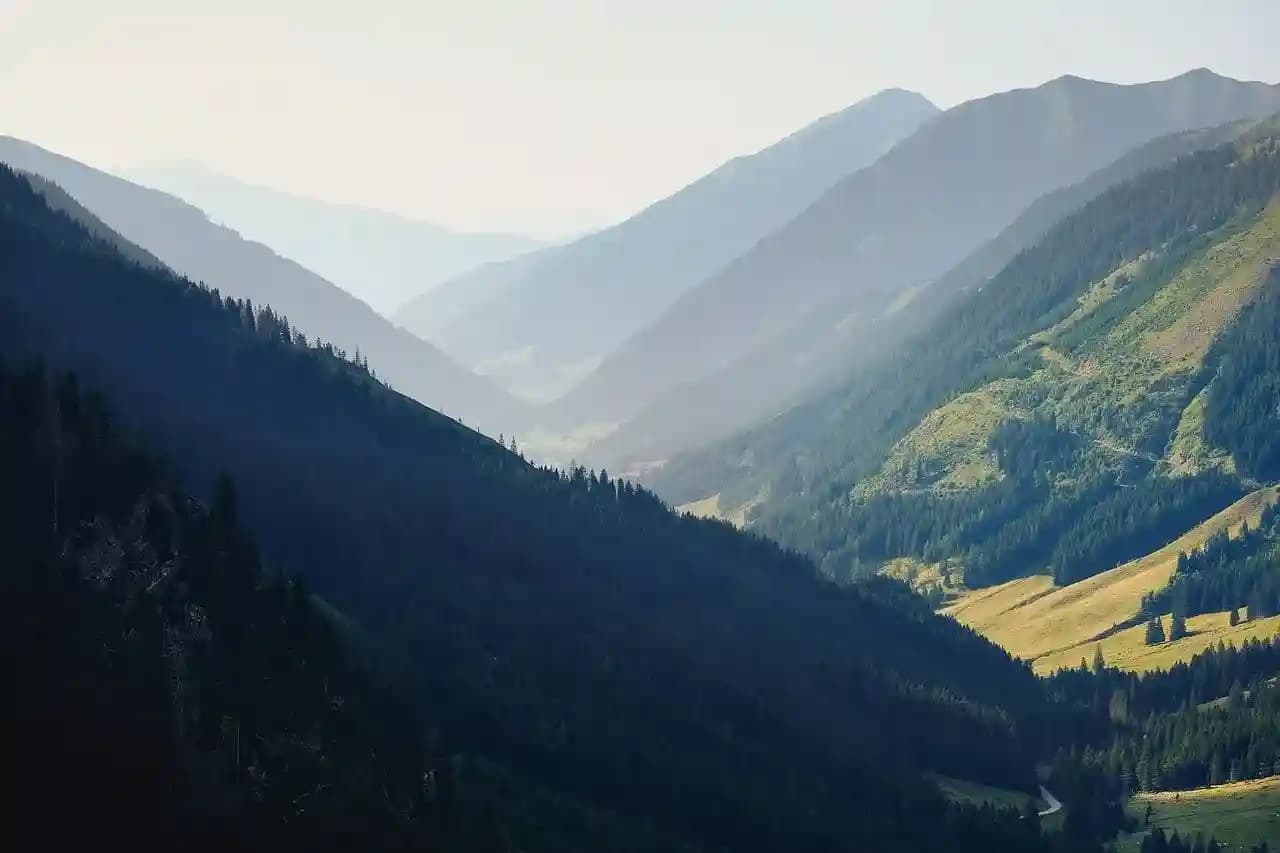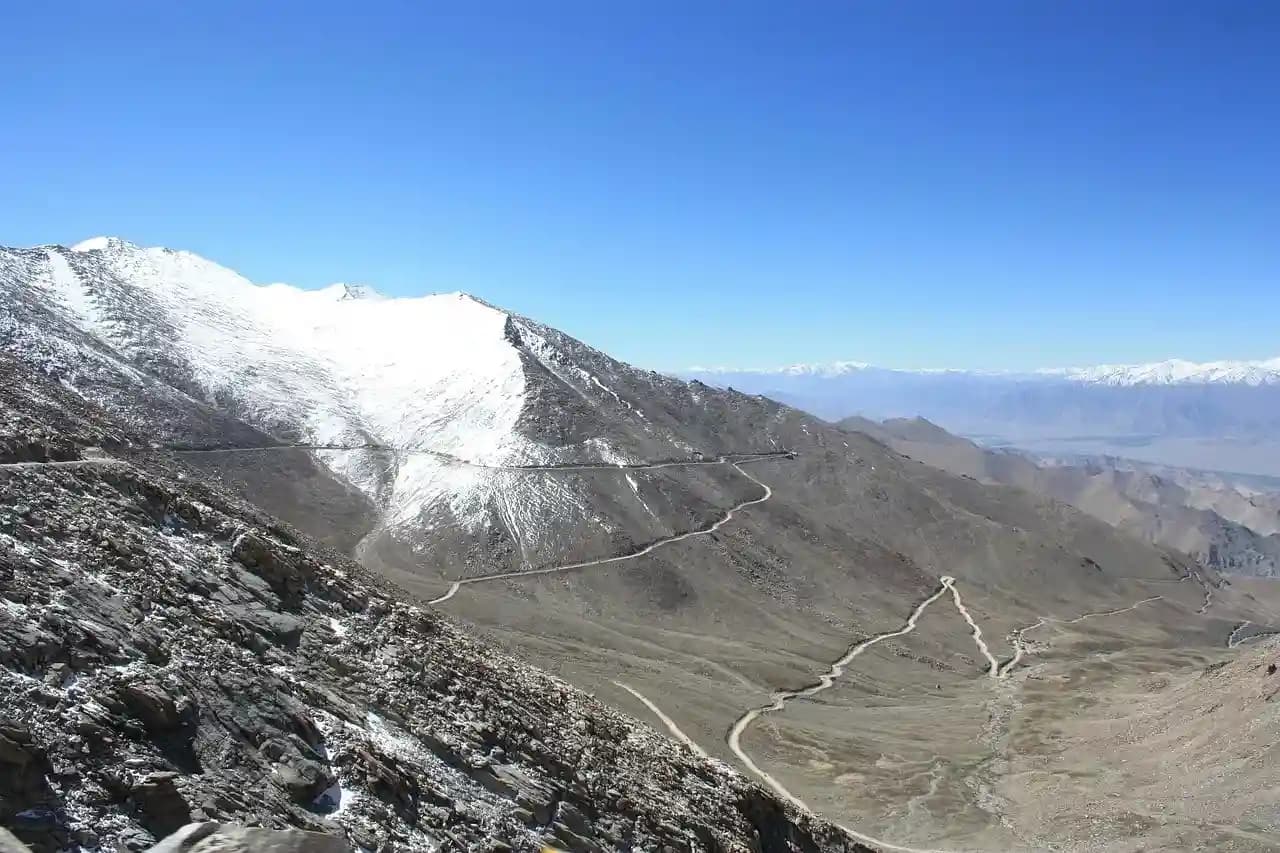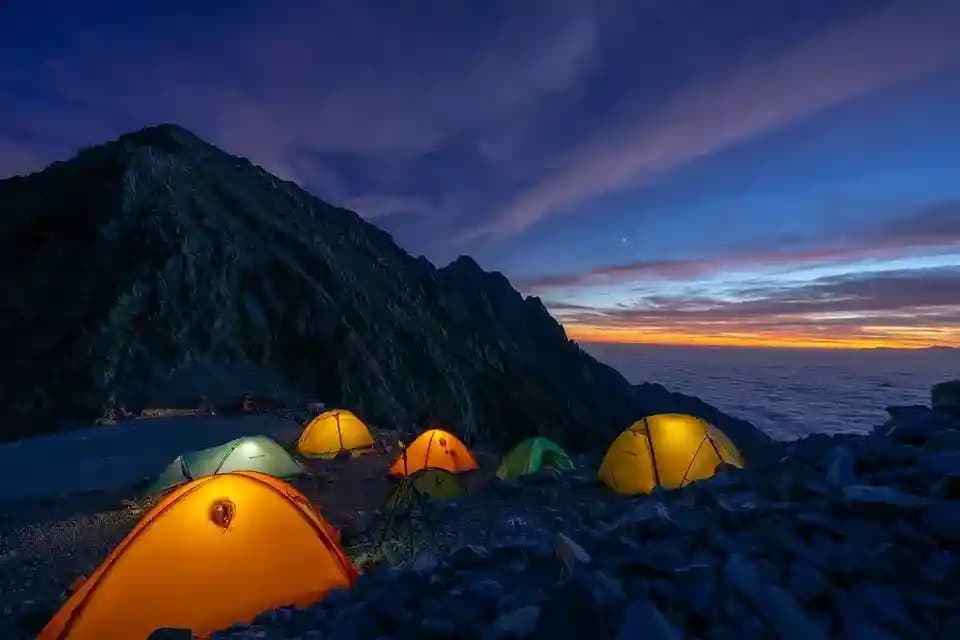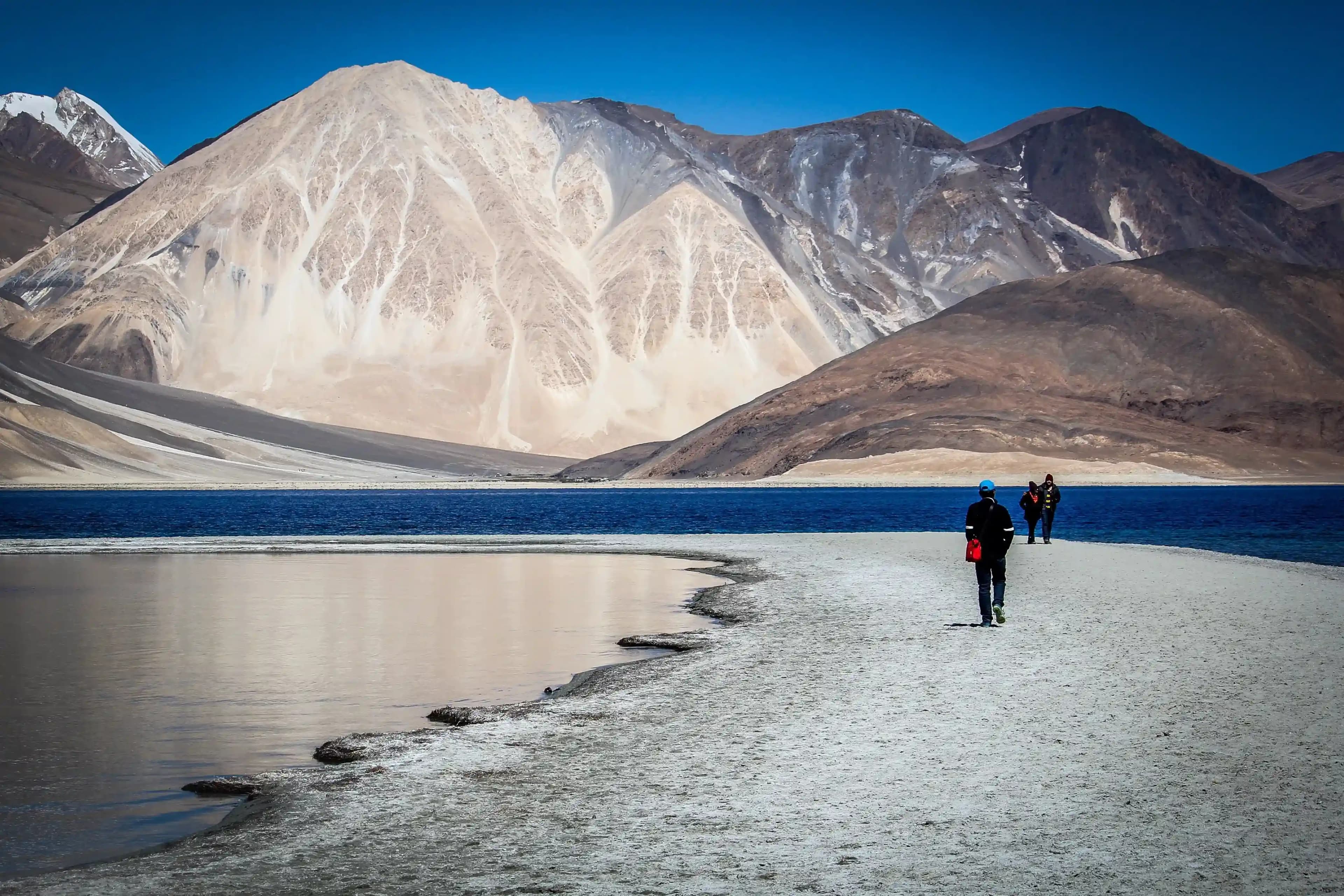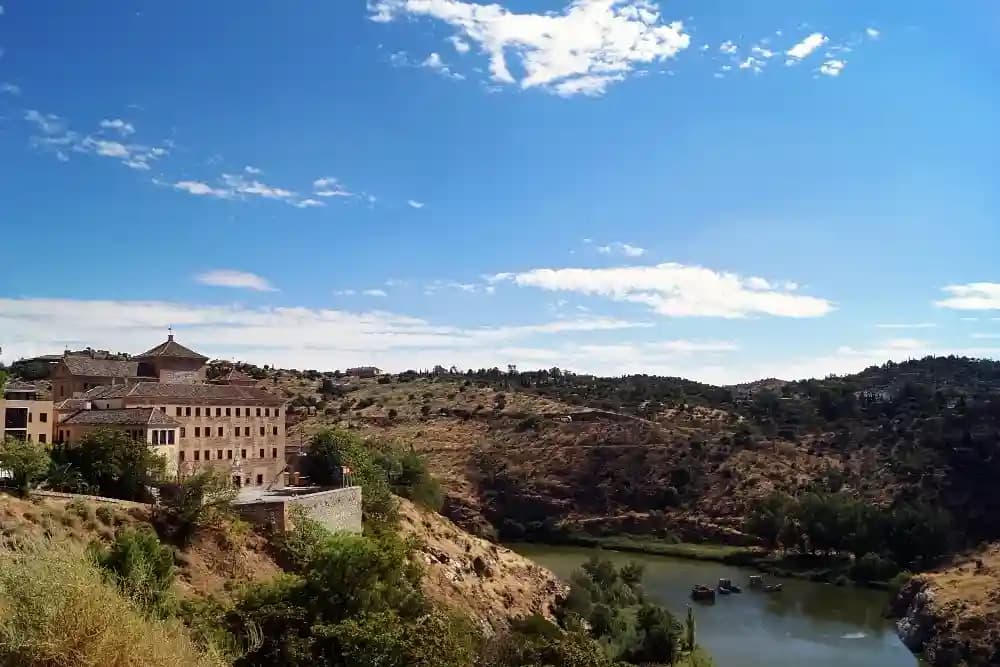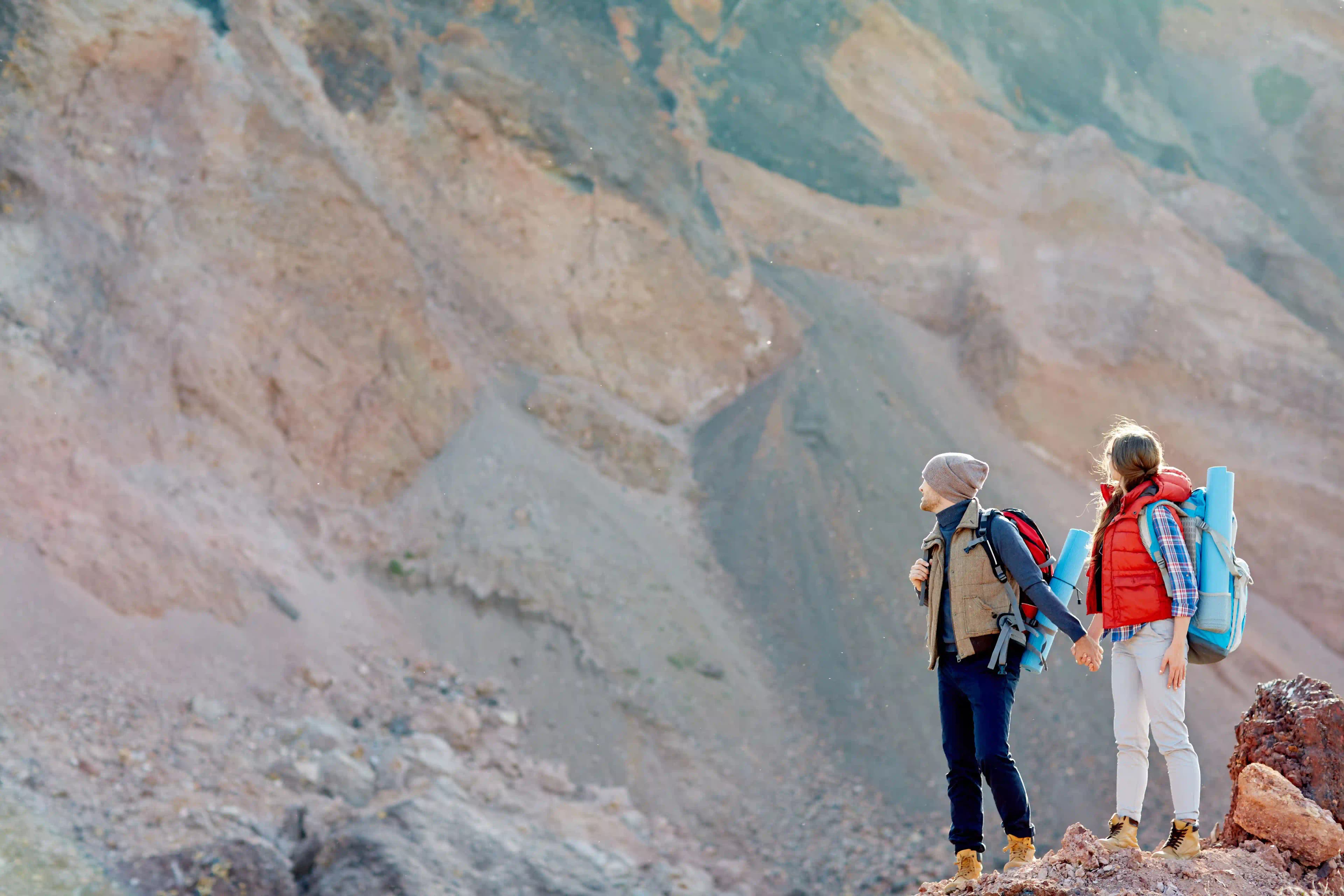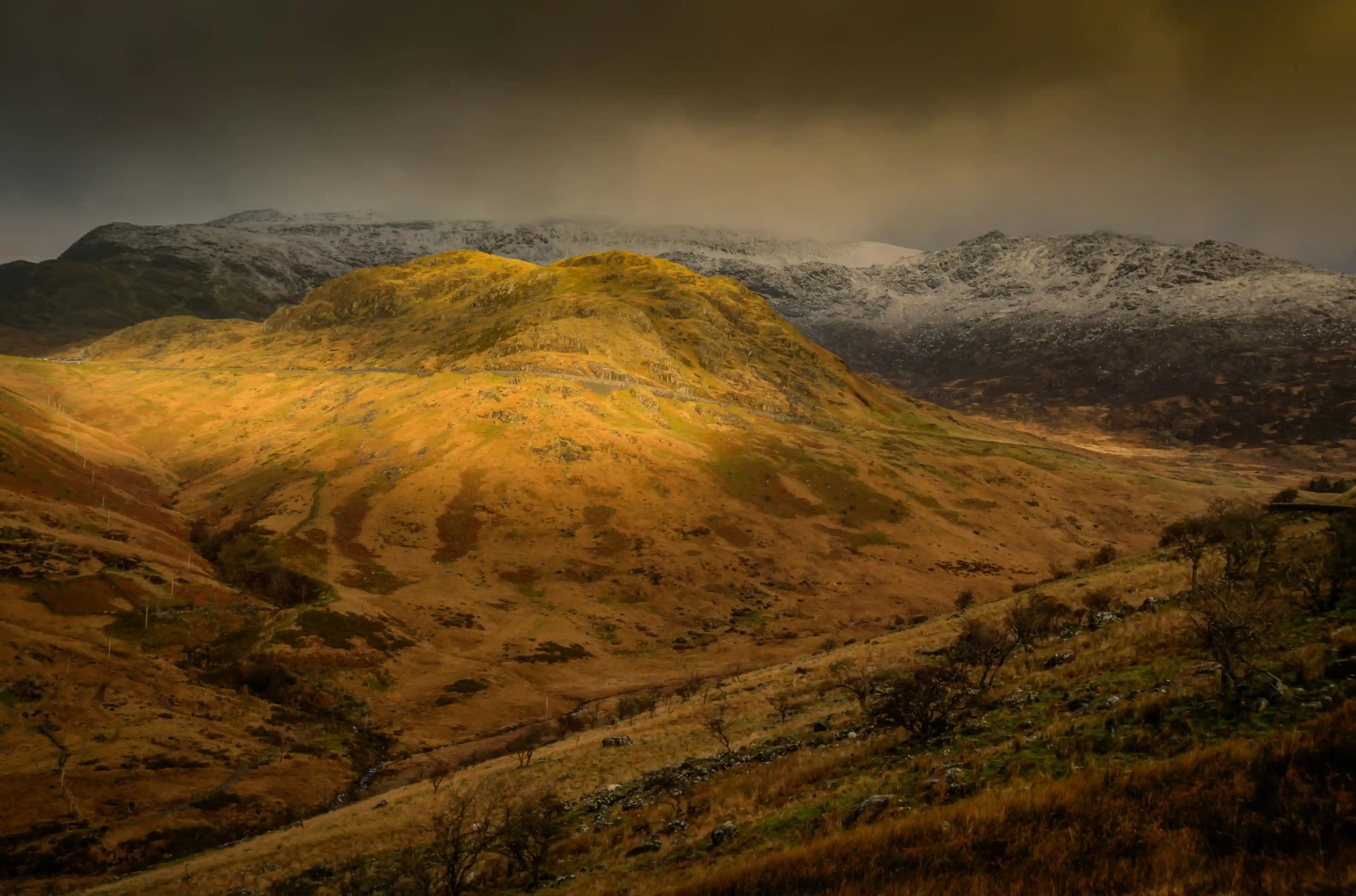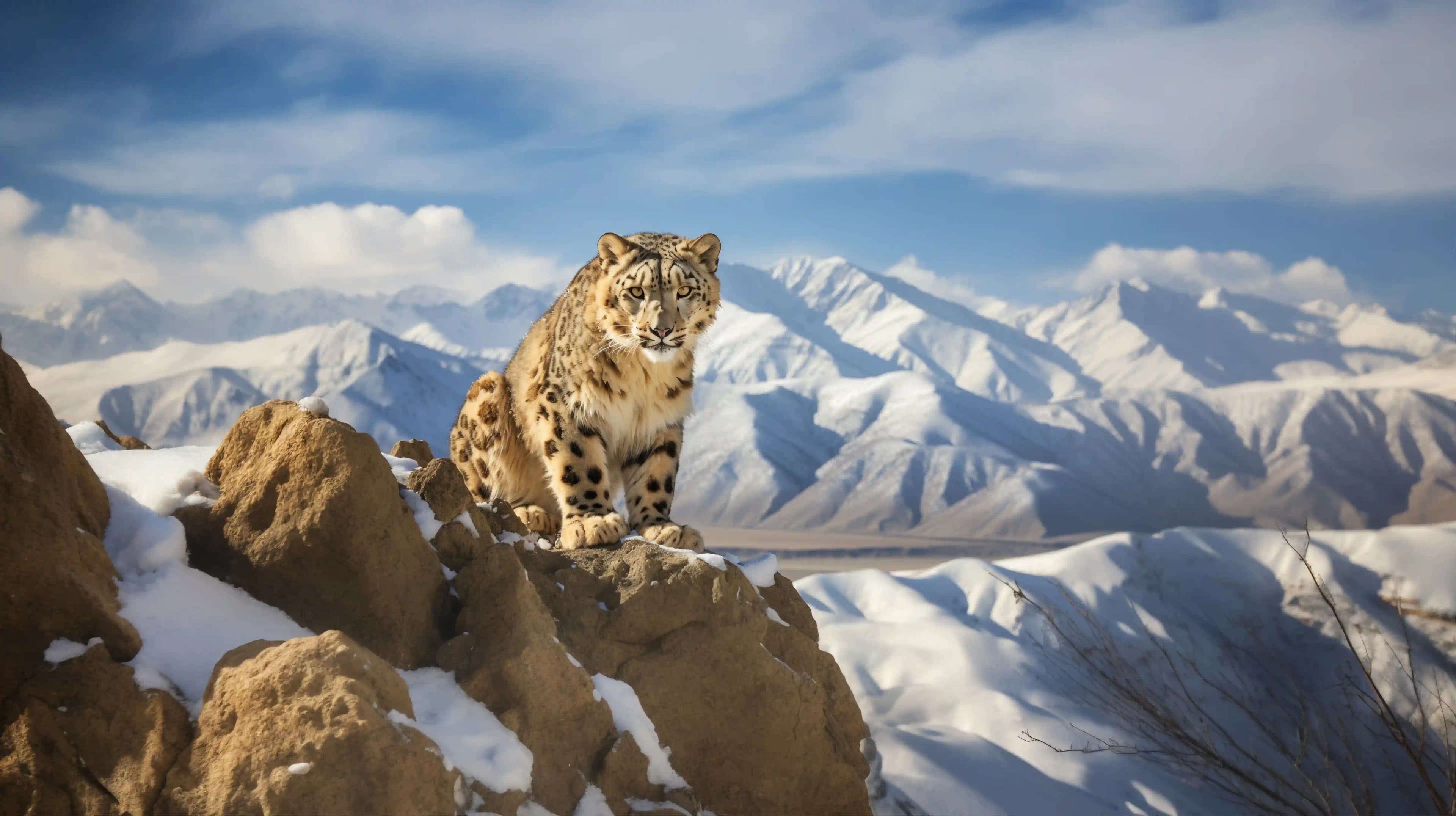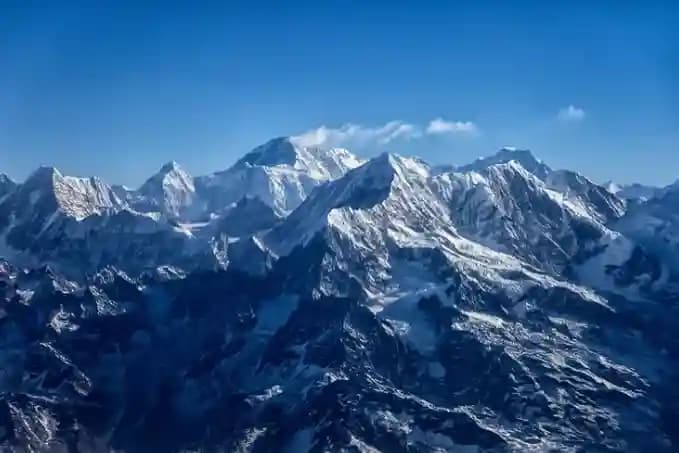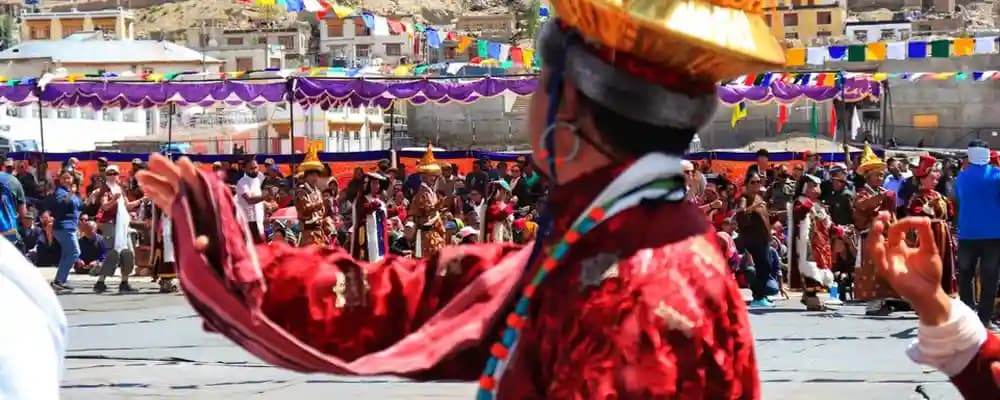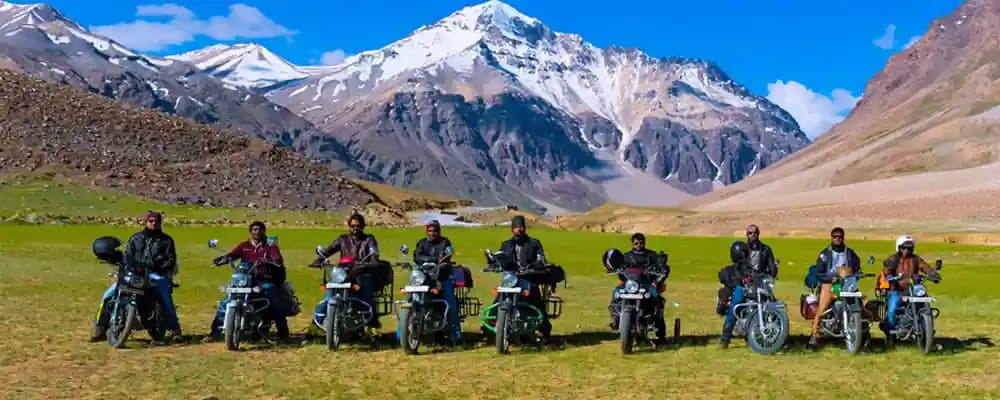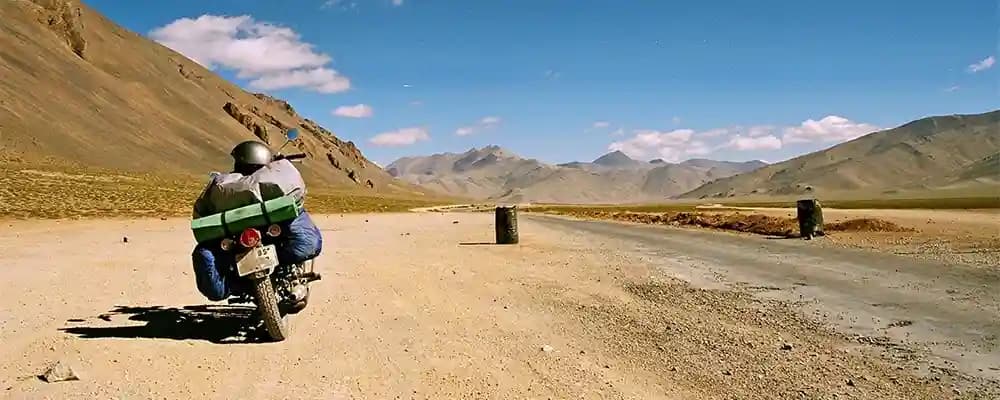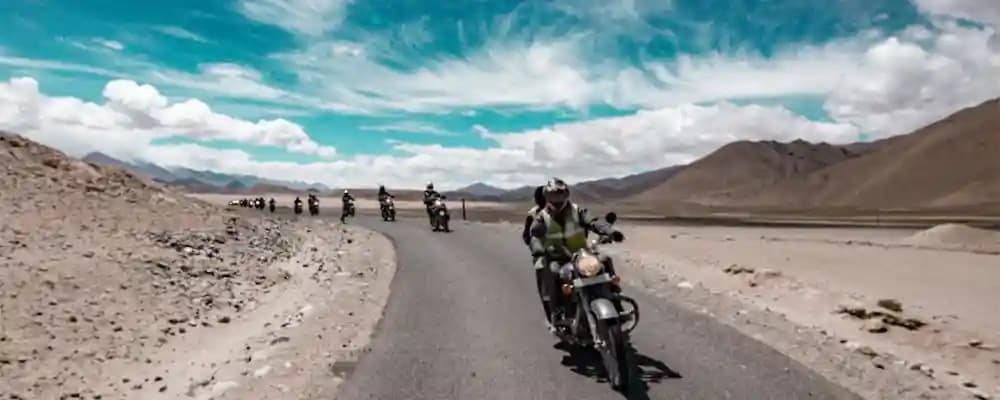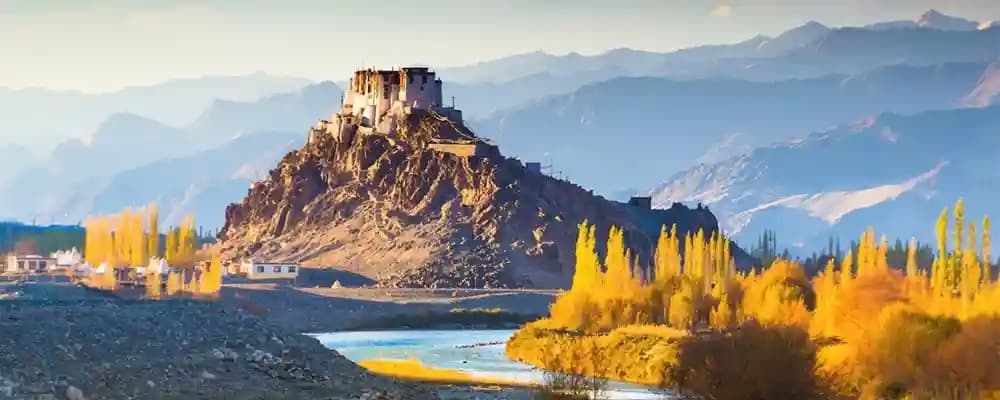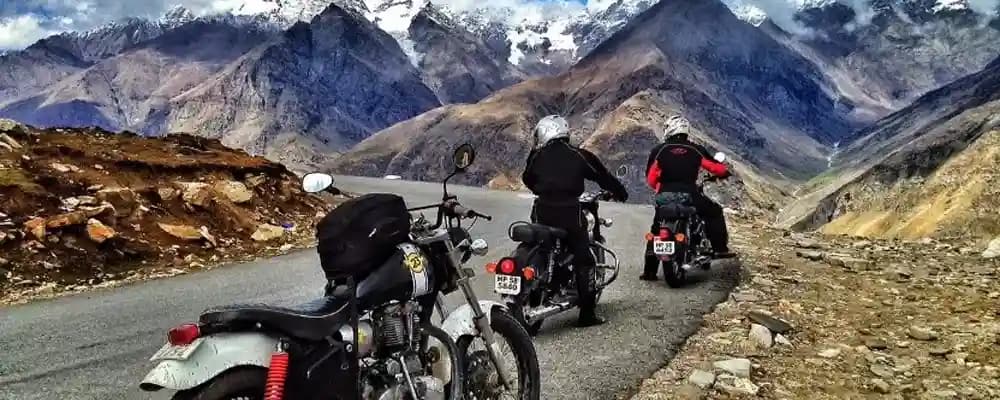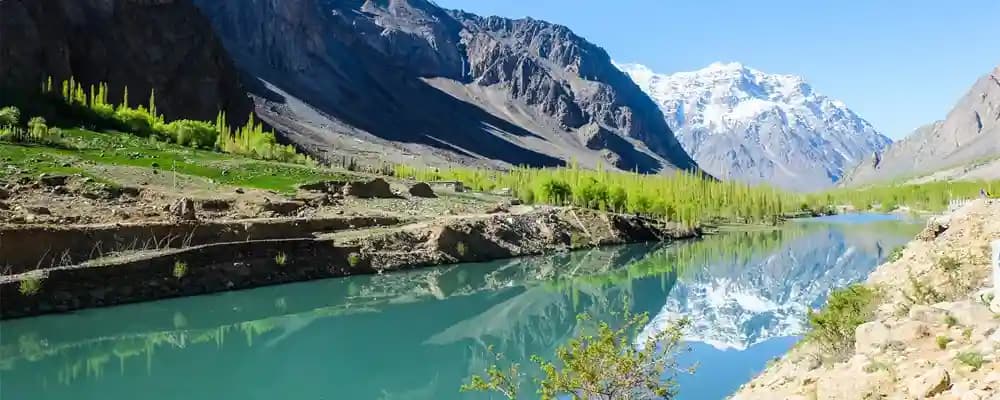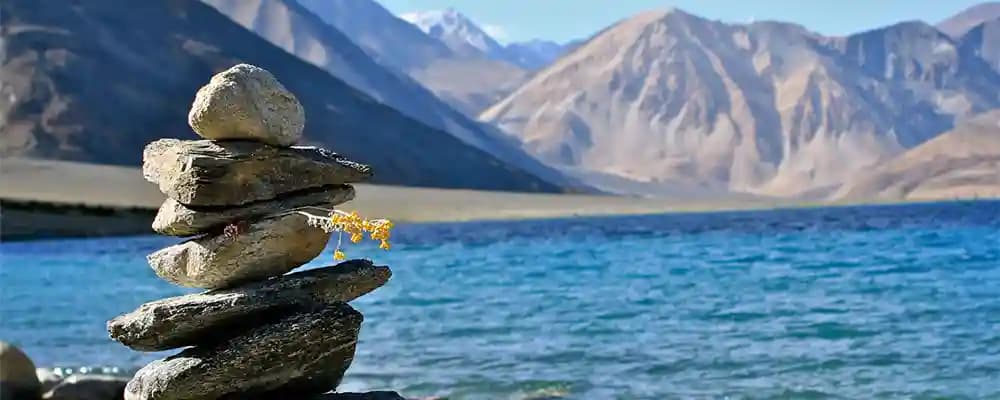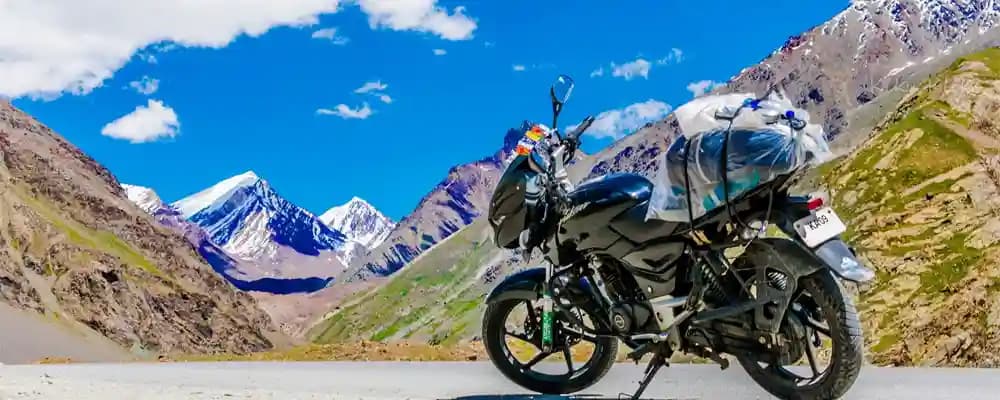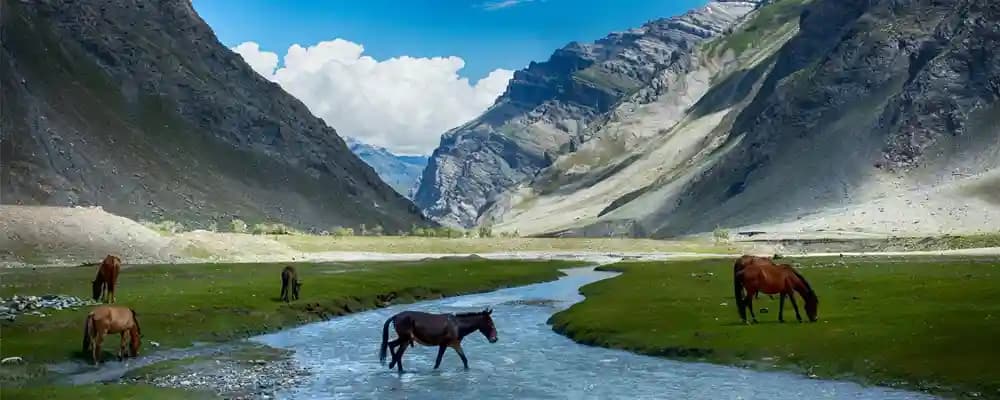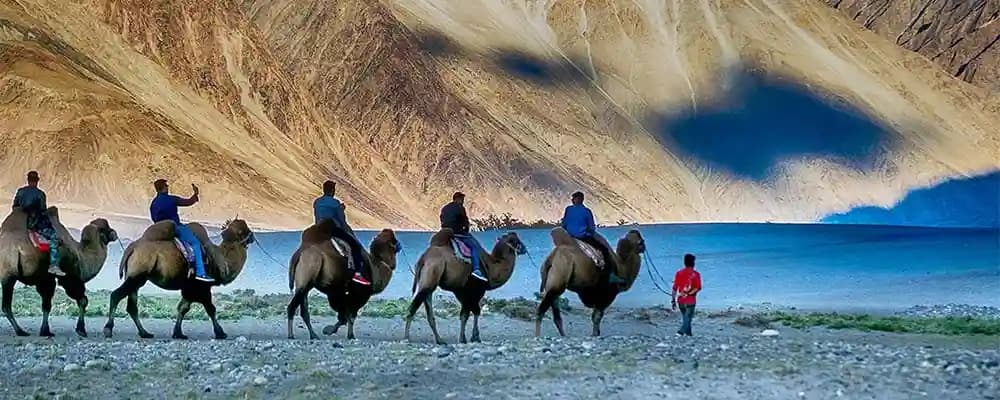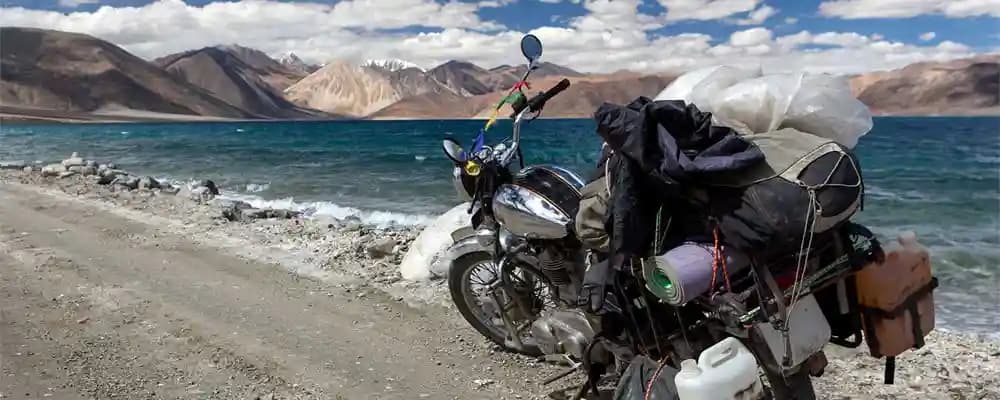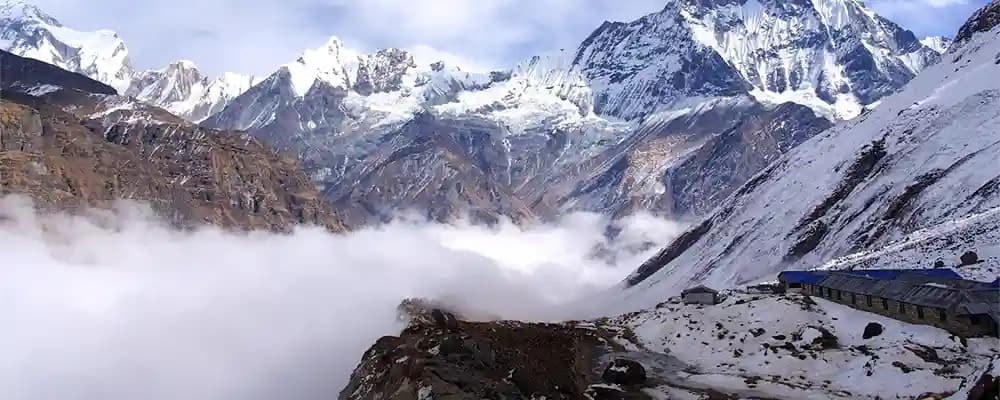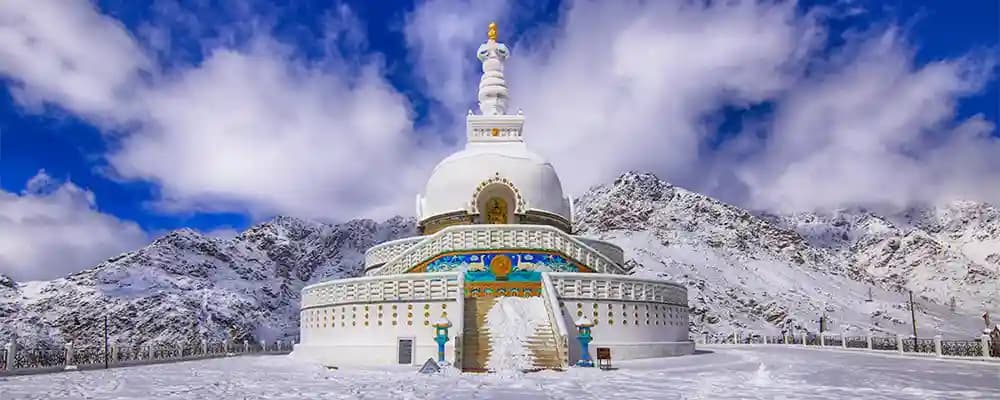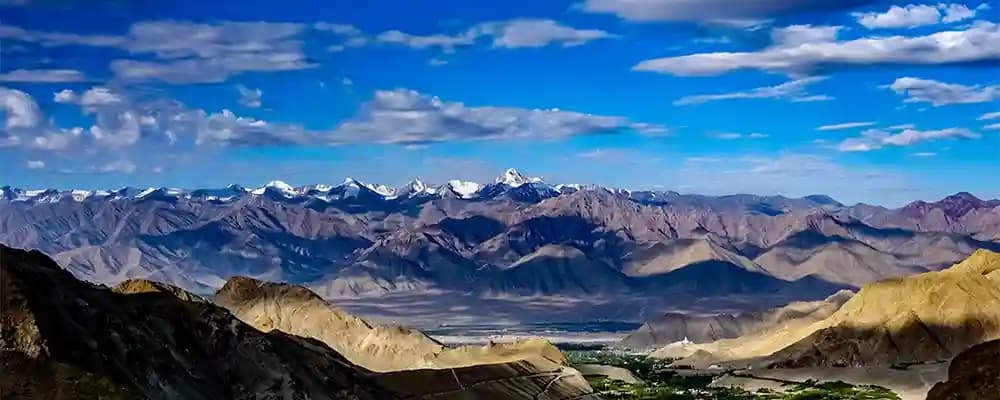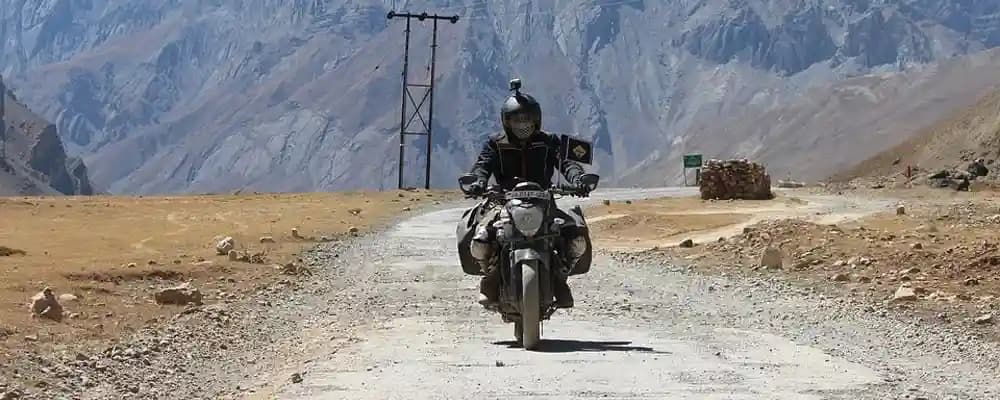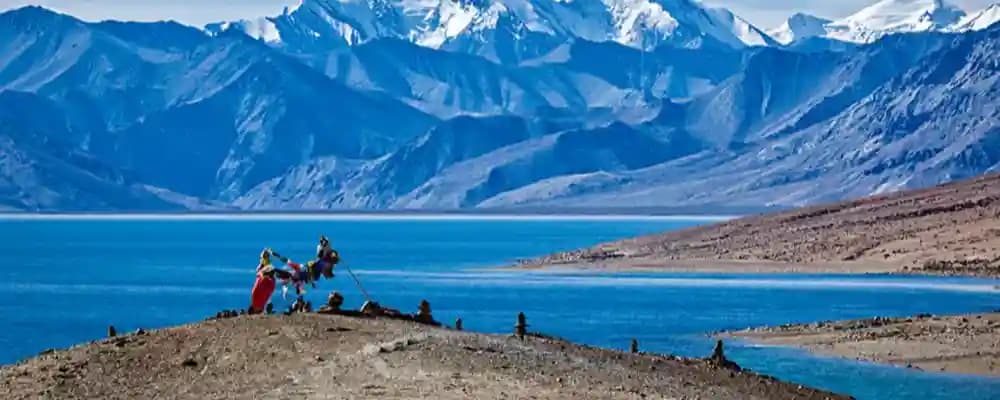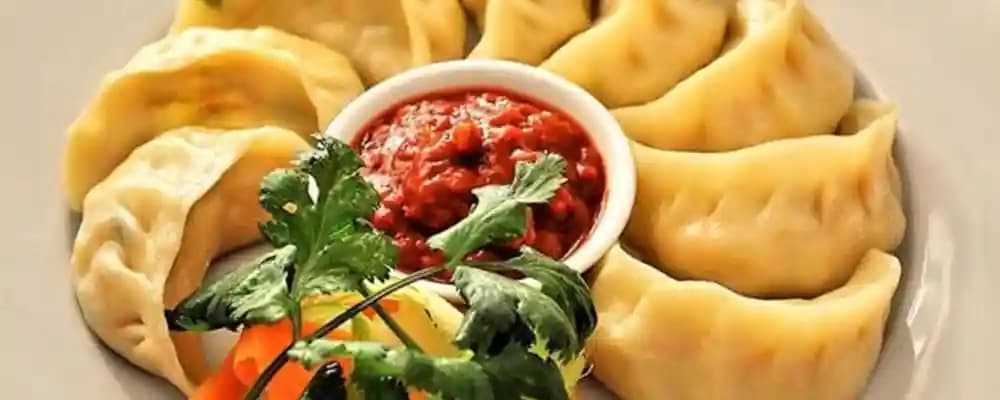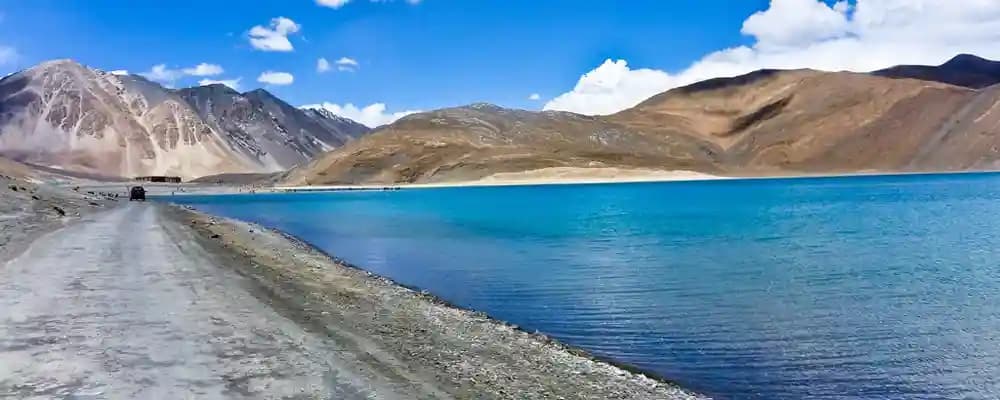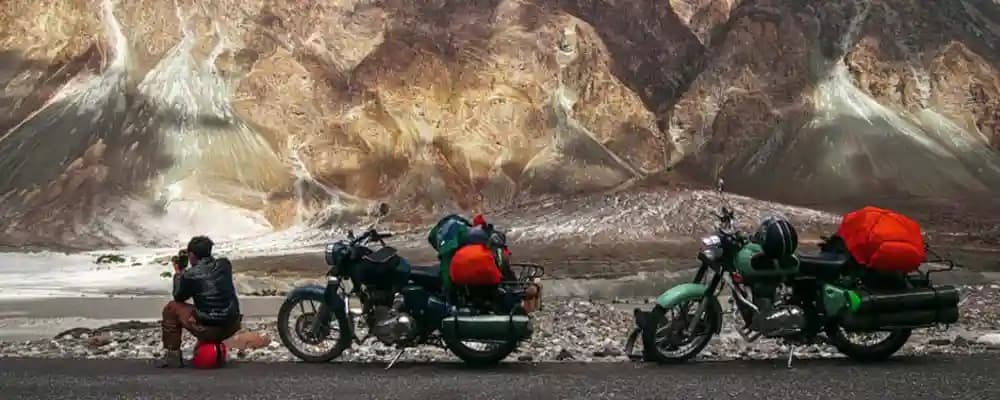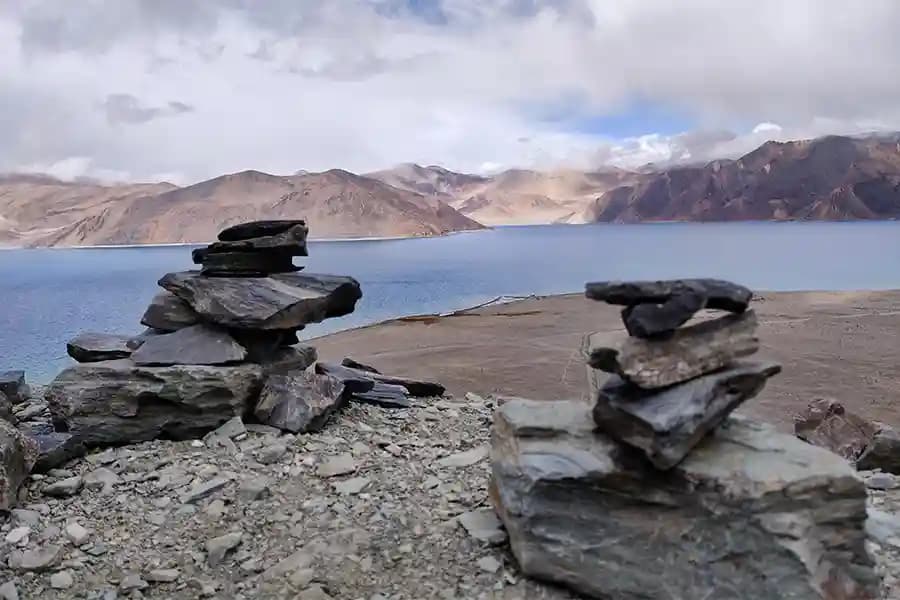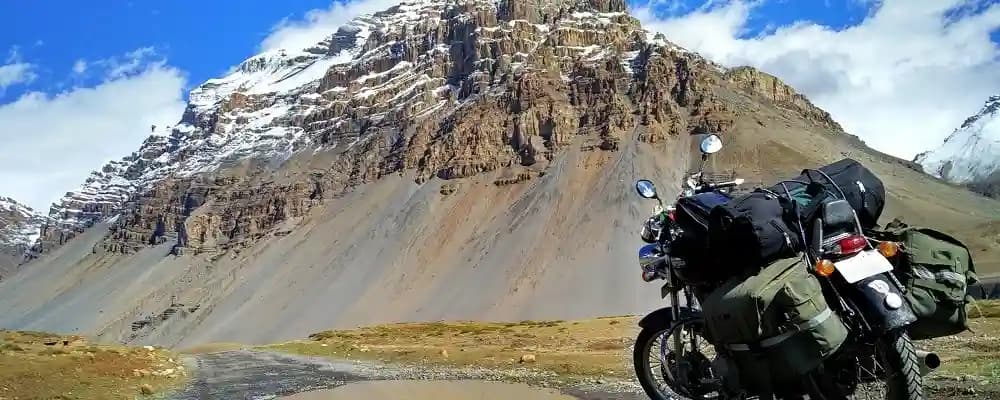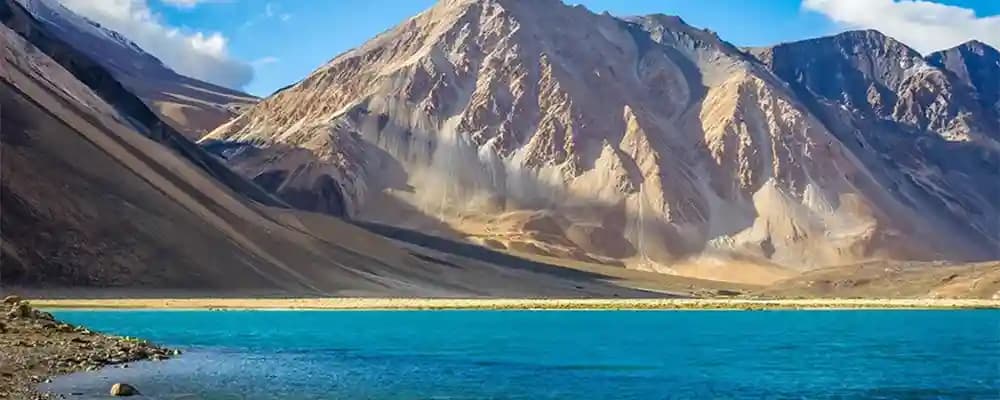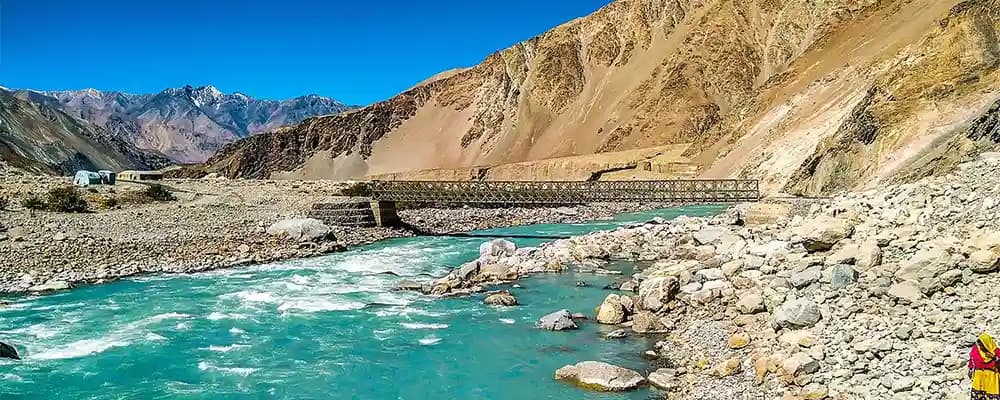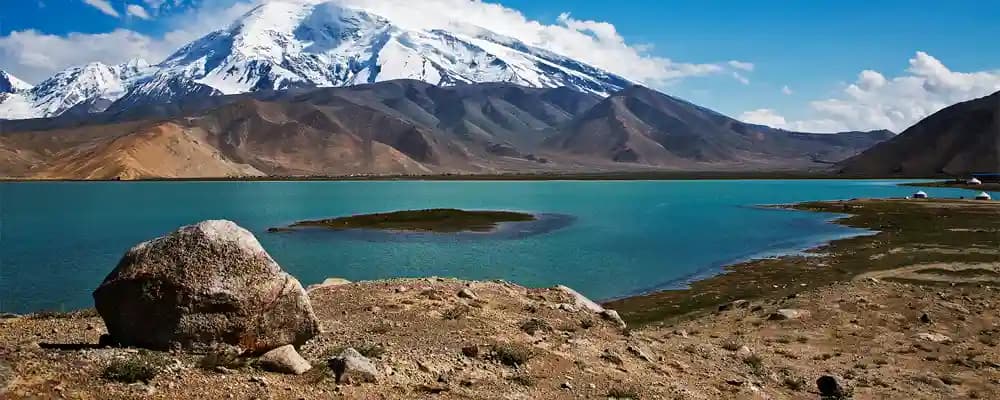Travellers seeking a blend of peace and history often find themselves drawn to the quiet corners of Ladakh, where old monasteries perch on rugged hills. Among them, Spituk Monastery stands out, gazing over the Indus Valley with a calm that’s hard to resist. It’s a place where the air feels thick with stories, and the views stretch out like a painting. For those planning a trip, it’s a perfect stop to soak in Ladakh’s soul—whether it’s the monks’ chants or the wind brushing the stones. Pair it with a broader adventure through Leh Ladakh tour packages, and the journey becomes a mix of discovery and wonder. This guide walks through what makes this spot special, from its legends to practical tips, helping visitors make the most of their time in this high-altitude haven.
Unravelling the Legends of Spituk Monastery

Spituk Monastery is steeped in tales that bring its ancient walls to life. One story claims its founder, Od-de, chose this hill after a dream of a protective spirit guarding the valley. Another centre on the Kali statue, locked away most of the year, is believed to hold a fierce power tamed by monks’ chants and shown only at the Gustor festival. Locals also say Spituk Monastery hid precious relics in secret spots during old invasions. These legends weave a thread of wonder through the place, making a visit feel like stepping into a storybook where history and mystery meet, perfect for travellers craving a taste of Ladakh’s past.
Suggested Read: Top 52 Places to Visit in Leh Ladakh for Your Next Trip
History of Spituk Monastery Ladakh

Spituk Monastery has a story that dates back to the 11th century, started by Od-de, a monk of the Kadampa school. By the 14th century, it joined the Gelugpa sect under Tsongkhapa’s guidance, a shift that set its course. Sitting near Leh, it’s watched over the Indus Valley through tough times and calm, its name "Spituk" meaning "exemplary" for its steady spirit. Over centuries, monks have kept their traditions alive, their prayers ringing out across the ages. For travellers, this history turns Spituk Monastery into a living link to Ladakh’s roots, a place where the past isn’t just remembered—it’s felt in every stone.
Suggested Read: Diskit Monastery Ladakh – A Complete Travel Guide
Architecture of Spituk Monastery

Spituk Monastery’s design is a sight to behold, hugging its rocky hill with clever charm. Its white walls and flat roofs match the Ladakhi way, blending into the wild landscape. Prayer halls shine with red and blue wooden beams, while small Chortens pepper the courtyards like silent guards. The layout, with steep steps and tight paths, hints at its old need to stand strong against trouble. For visitors, the way Spituk Monastery rises in tiers up the slope isn’t just practical—it’s a beautiful sign of how faith and nature have danced together here for nearly a thousand years, creating a place that feels solid and sacred.
Suggested Read: 15 Historical Places In Ladakh: Your Ultimate History Guide
How to Reach Spituk Monastery

Reaching Spituk Monastery Leh from the city center is a breeze for any traveller. The Leh to Spituk Monastery distance is just 8 kilometres, a 20-minute drive along a pretty road by the Indus River. Taxis from Leh’s market run about ₹500–₹700, or shared jeeps cost less if split with others. For those up for it, a 2-hour hike from Leh shows off gorgeous views, though the climb needs decent boots. The short trip makes Spituk Monastery an easy day out, with its white walls popping into view as the journey ends—a simple yet rewarding escape from town.
Best Time to Visit Spituk Monastery

Picking the right time to see Spituk Monastery can shape the whole trip. Summer, from May to September, brings warm days—15°C to 25°C—and clear skies, ideal for soaking in the views. Late January offers a special treat with the Gustor festival at Spituk Monastery, Ladakh, though it’s cold, dipping to -5°C to 10°C. Spring or early autumn skips the monsoon’s messy roads, keeping travel easy. Checking Spituk Monastery timings (8 AM to 6 PM) helps catch the monks’ morning prayers at 9 AM. Each season adds its own flavour, letting visitors choose between quiet exploration or a lively cultural show, depending on what they fancy most.
Suggested Read: A Detailed Guide to the Best Time to Visit Leh Ladakh in 2025
Things to Do Around Spituk Monastery

Spituk Monastery is nestled in a corner of Ladakh that’s brimming with little delights for travellers. It’s not just about the monastery itself—there’s a whole day’s worth of fun to be had nearby, from capturing the perfect photo to soaking up local traditions with a warm cup of tea in hand.
- Hike from Leh: A 2-hour trek from Leh to Spituk Monastery winds through breathtaking valleys—bring sturdy shoes for the uphill stretches and enjoy the fresh mountain air.
- Snap the Scenery: The monastery’s terrace offers a postcard-worthy view of the Indus River snaking past snowy peaks, a dream for anyone with a camera.
- Celebrate Gustor: The Gustor festival occurs in late January, during which monks twirl in vibrant masks. Join locals for tea and experience the culture come alive.
- Wander by the Indus: A gentle stroll along the river’s edge, letting the water’s soft rush wash away the day’s hustle, is pure bliss.
Suggested Read: 27 Ultimate Things to Do in Ladakh
Places to Visit Near Spituk Monastery

Spituk Monastery is lucky to have some of Ladakh’s best sights just a stone’s throw away. These nearby treasures add extra sparkle to a visit, blending history, peace, and nature into a trip that’s hard to forget.
- Leh Palace (10 km): Perched above Leh, this grand old Leh palace wears its weathered stones like a badge of honour, whispering stories of ancient royals.
- Shanti Stupa (12 km): This Shanti Stupa is a gleaming white dome sits high up, offering a calm retreat and sunset views that paint the sky in golden hues.
- Indus-Zanskar Confluence (30 km): A stunning clash of rivers creates a swirl of turquoise and green, perfect for a scenic break.
- Hall of Fame Museum (5 km): Close to Spituk Monastery in Leh the Hall of Fame salutes soldiers with moving displays of Ladakh’s wartime history.
Tips for Visiting Spituk Monastery
Spituk Monastery opens its doors to all, and a few thoughtful tips can make the visit even better. Travellers will find these handy pointers to help them enjoy the day with ease and respect.
- Timings: It’s open from 8 AM to 6 PM, aim to arrive by 9 AM to hear the monks’ morning prayers, a soothing start.
- Entry: No fee is needed, but popping ₹20–₹50 in the donation box keeps this special place thriving.
- Clothes: Dress modestly with shoulders and knees covered—it’s a small gesture that honours the monastery’s spirit.
- Photos: Snap away outside, but indoors, especially in prayer halls, cameras stay off—watch for little signs.
- Height: At 3,300 metres, the altitude might slow some down, so take gentle steps if feeling winded.
- Gear: Pack a water bottle and slap on sunscreen—the high sun can catch anyone off guard.
- Money: Cards won’t work here, so tuck some small notes in a pocket for donations or snacks.
- Footwear: Slip off shoes before stepping into sacred spots—it’s a custom that keeps the peace.
As the sun dips behind the hills, casting shadows over Spituk Monastery, visitors often leave with a quiet sense of awe. The mix of ancient legends, stunning views, and the gentle hum of monastic life lingers in the mind long after the trip ends. It’s more than just a stop—it’s a chance to pause and connect with something timeless. Travellers who wander its paths find themselves piecing together Ladakh’s past, one stone at a time. For those eager to explore more, the region holds plenty of secrets waiting to be uncovered. A visit here isn’t just about seeing—it’s about feeling the heartbeat of a place that’s stood strong for centuries.
Frequently Asked Questions
1. Can you stay in a monastery in Ladakh?
Not usually—monasteries like Spituk are for worship and reflection, not overnight stays. But some nearby villages offer guesthouses where travellers can rest close to the monastic calm.
2. Which is the hidden monastery in Ladakh?
Phugtal Monastery often gets that title, tucked away in a remote valley. It’s a bit of a trek to find, making it feel like a secret worth chasing.
3. What are the two famous monasteries of Ladakh?
Hemis and Thiksey stand out. Hemis is big and buzzing with festival life, while Thiksey’s hilltop beauty draws visitors for its peaceful charm.
4. What are gompas in Ladakh?
Gompas are monasteries—think of them as quiet homes for monks, filled with prayer and history, dotting Ladakh’s rugged hills like timeless treasures.

